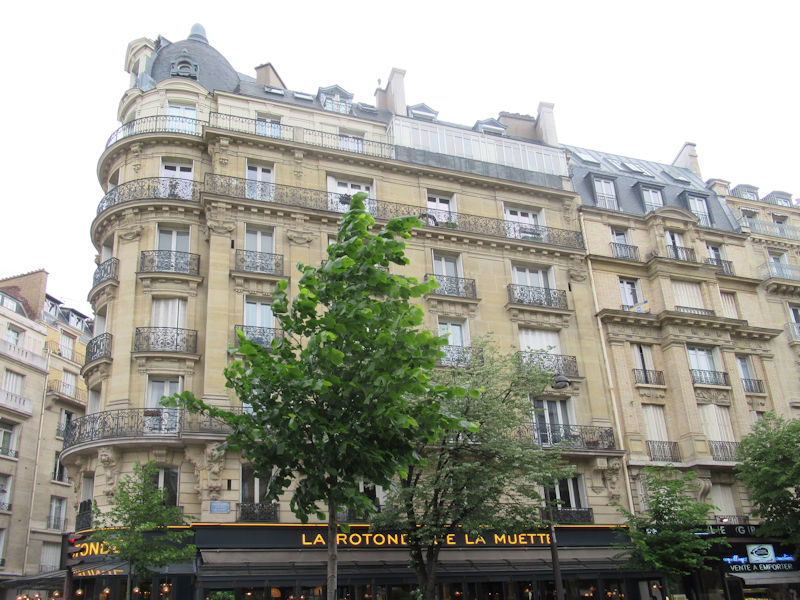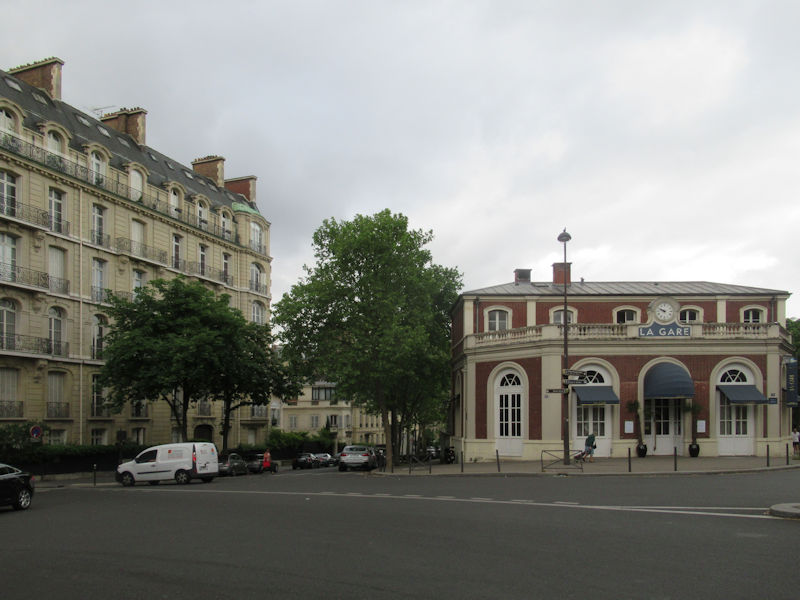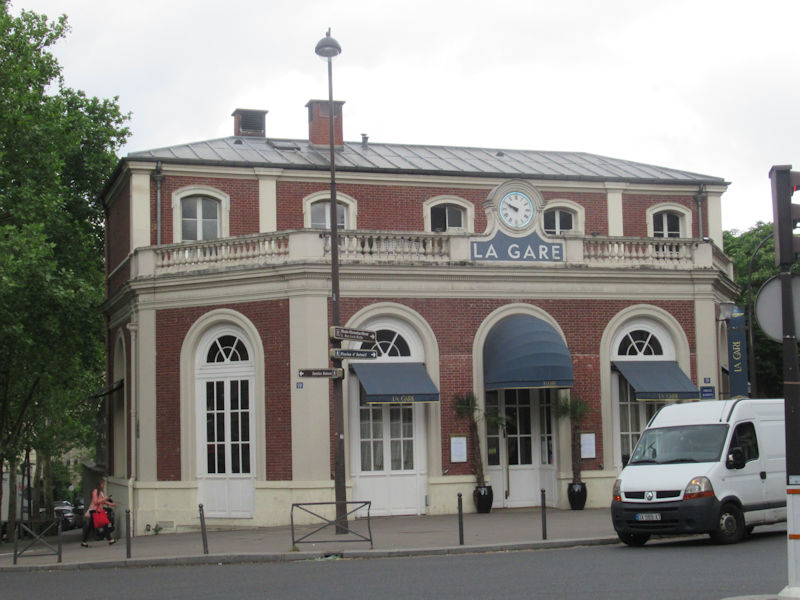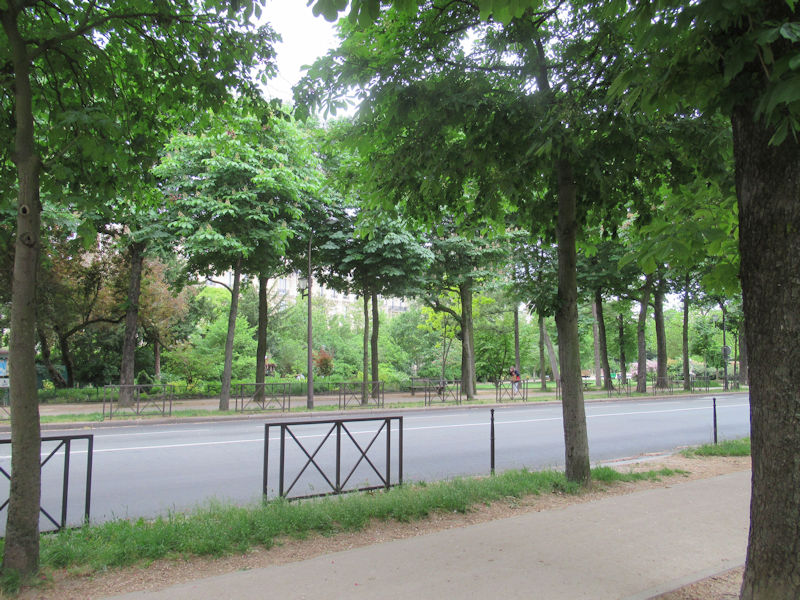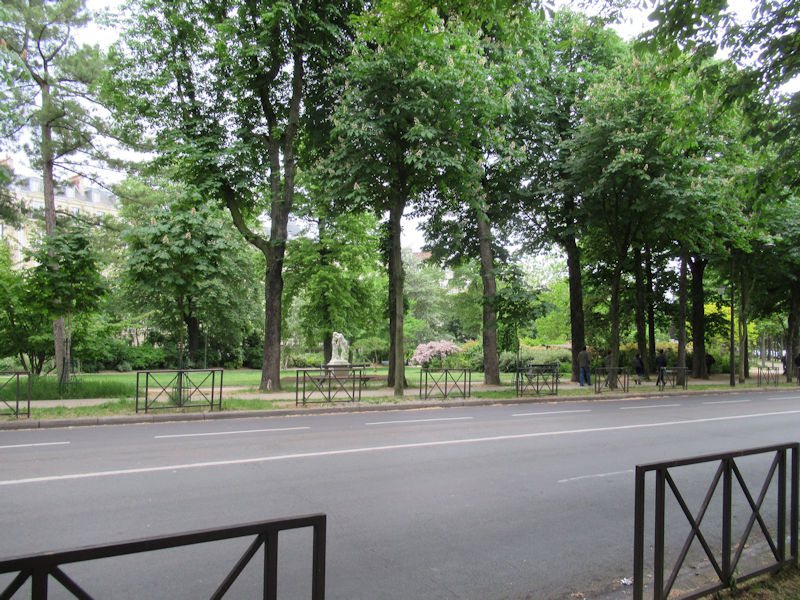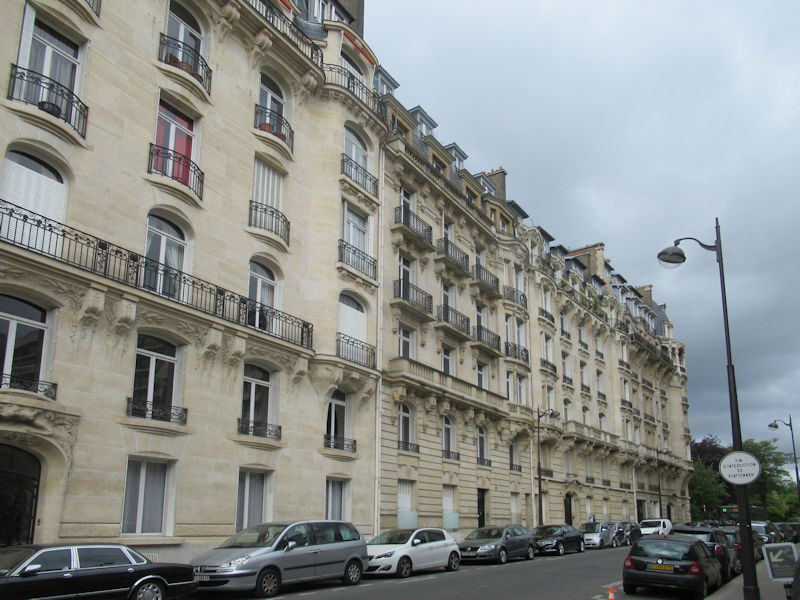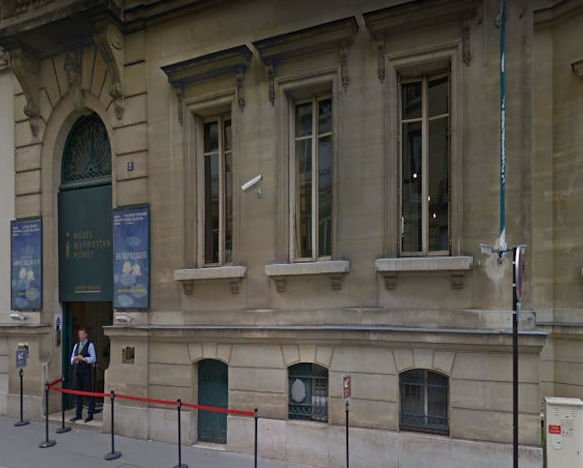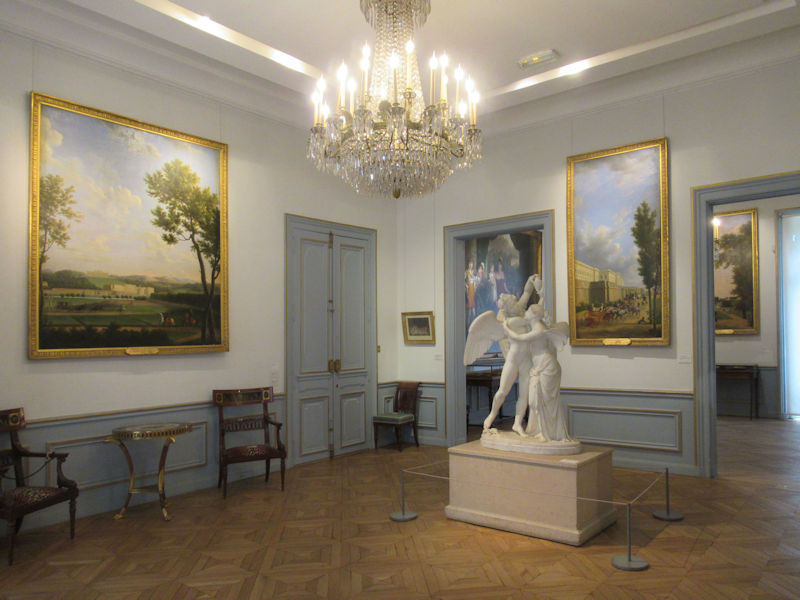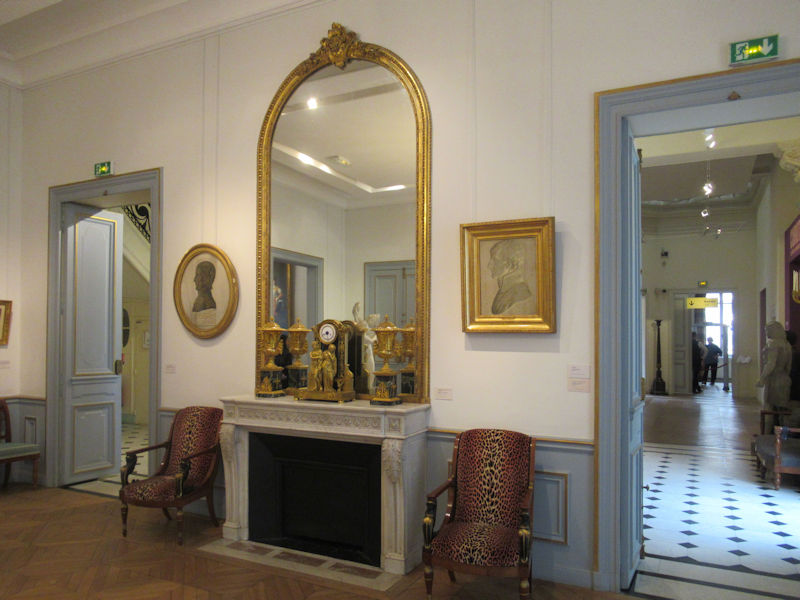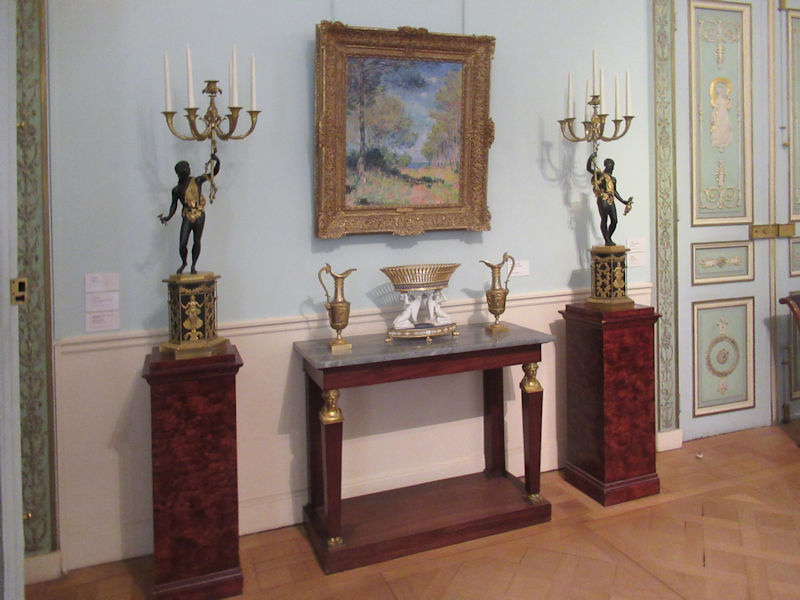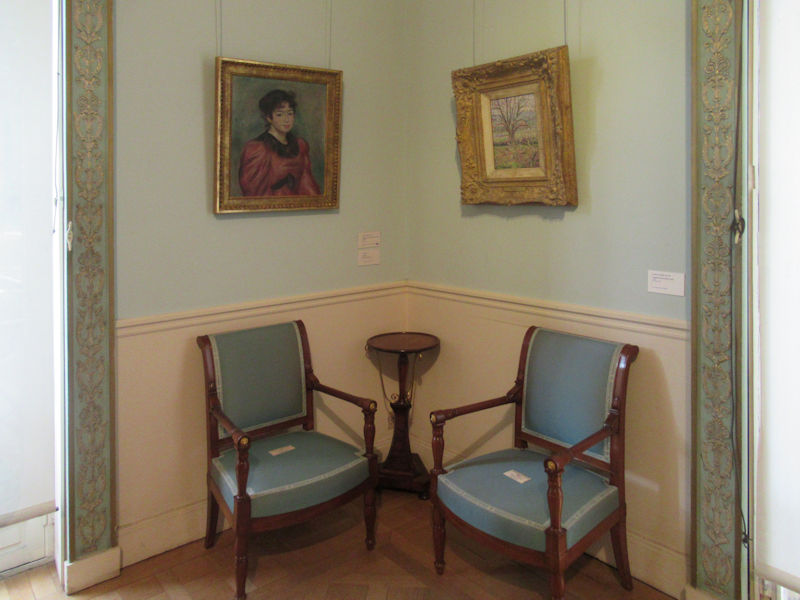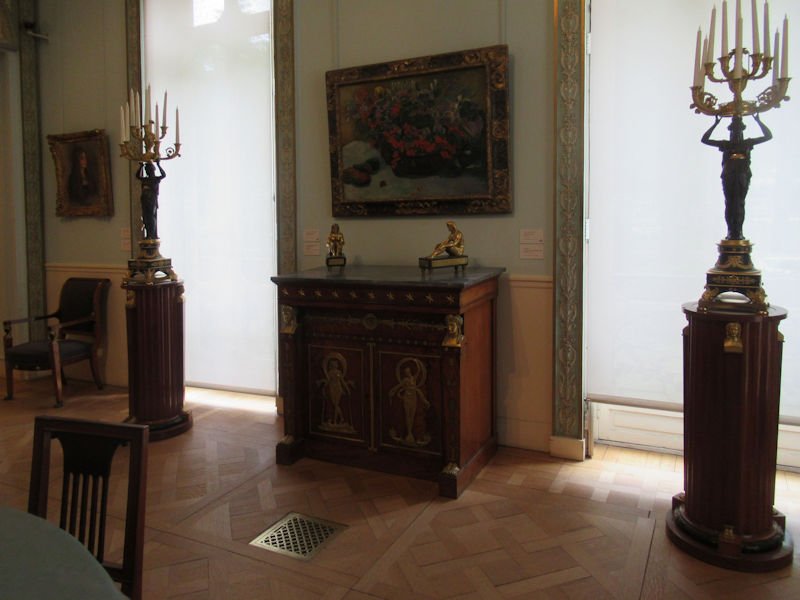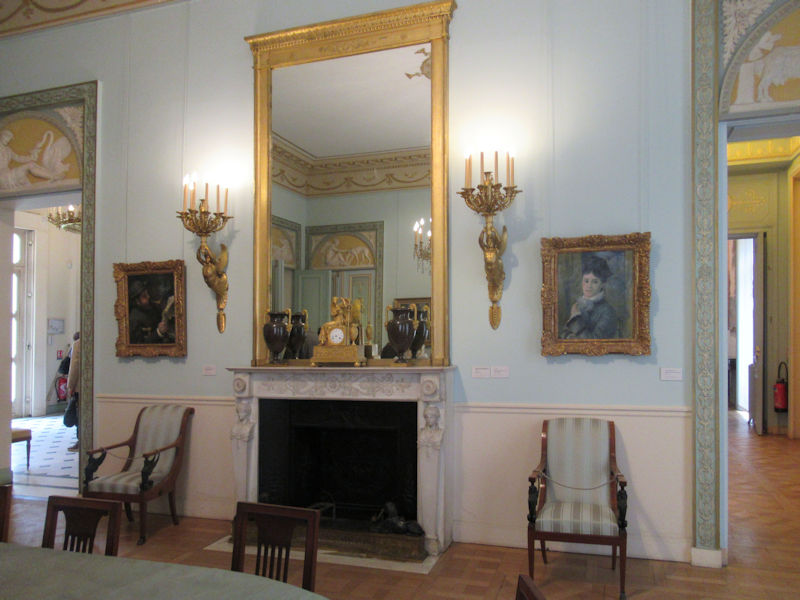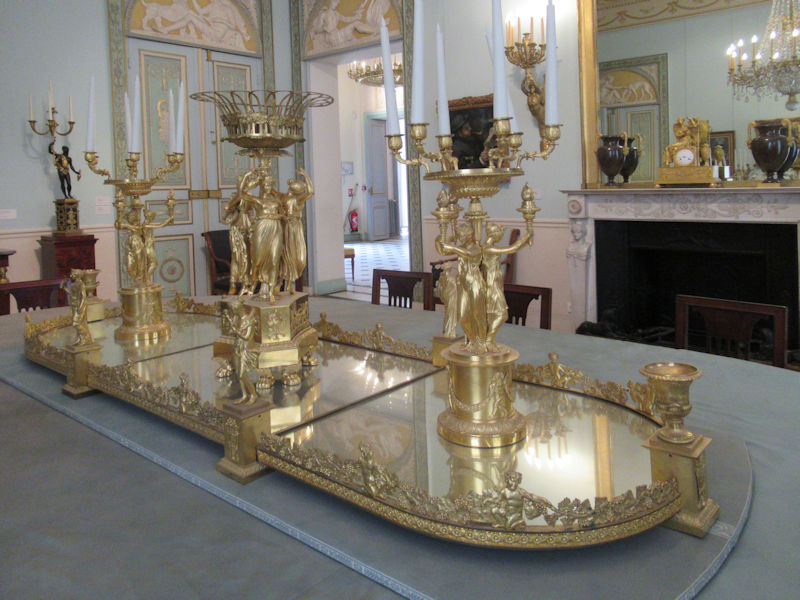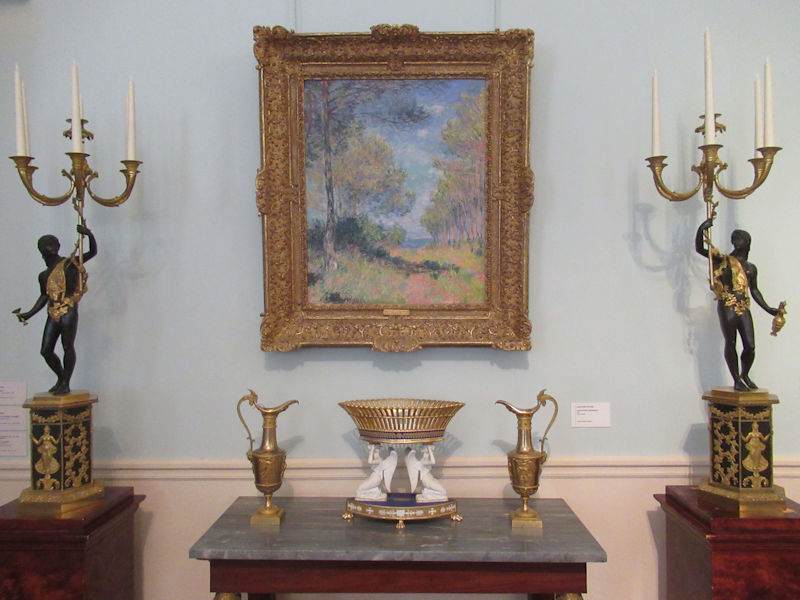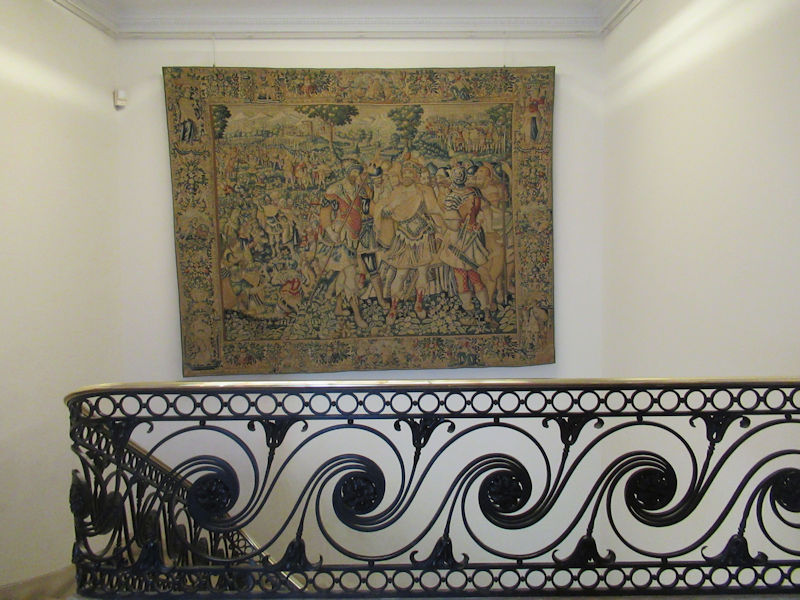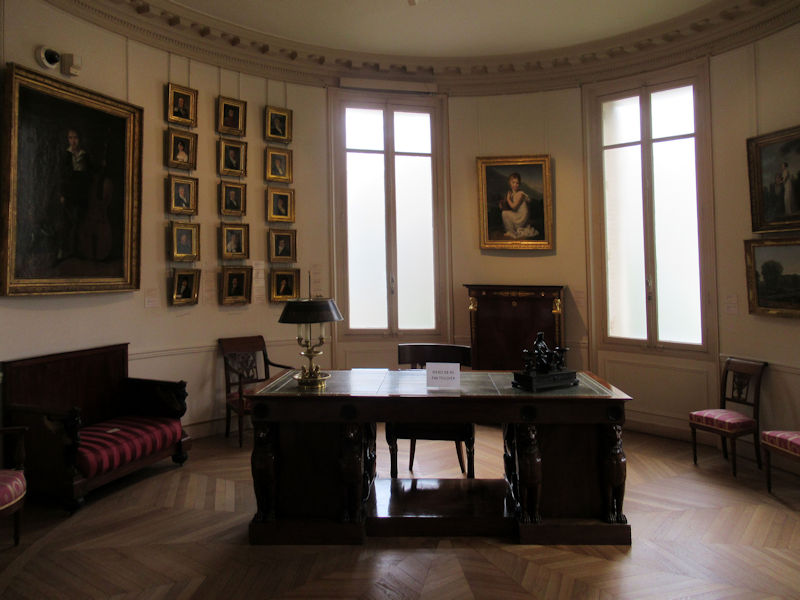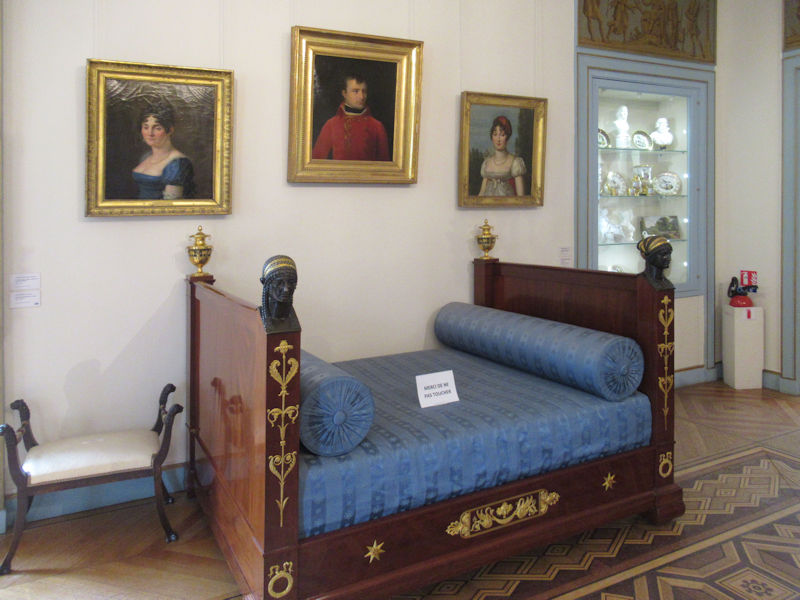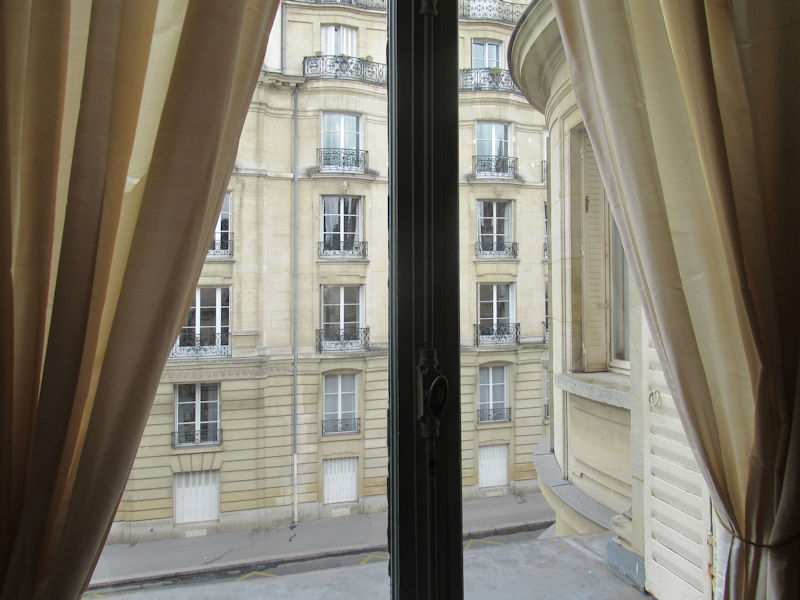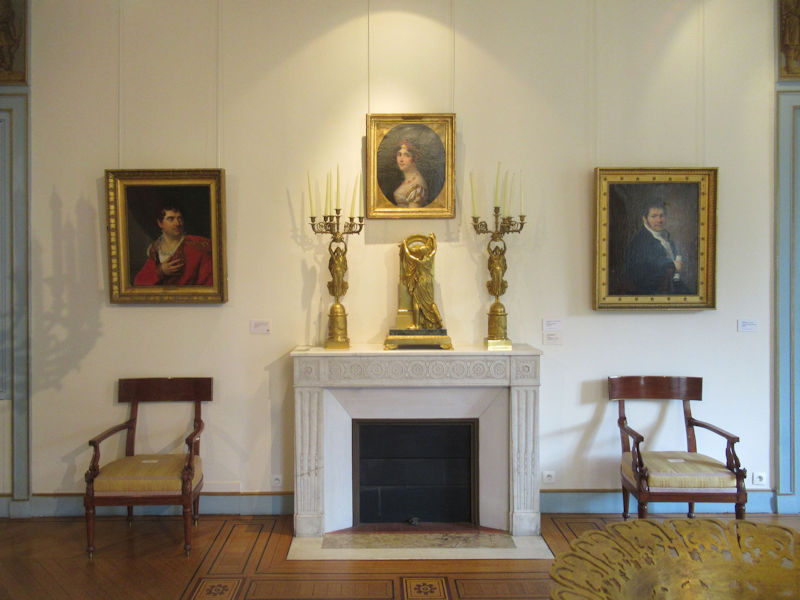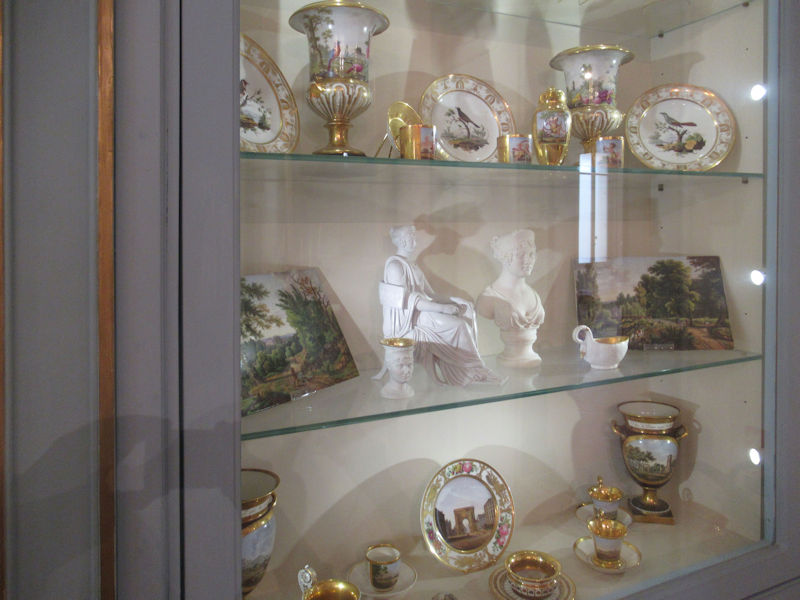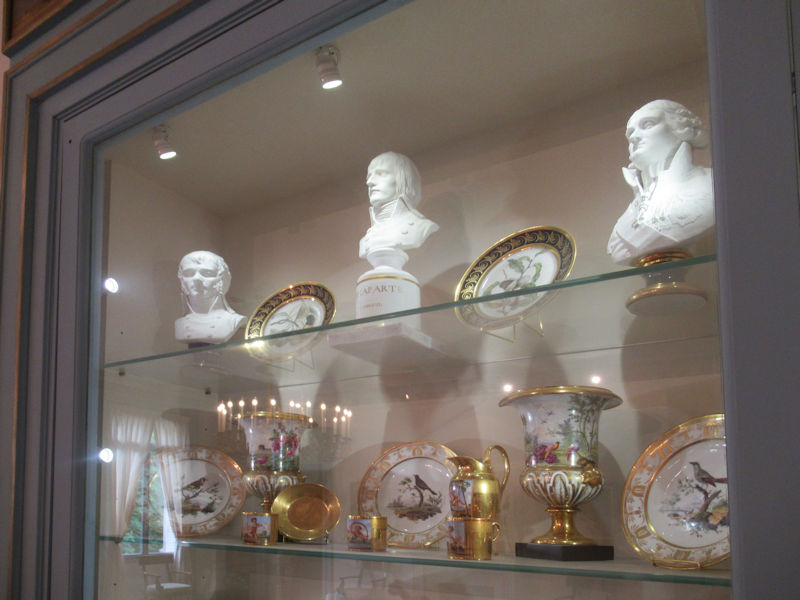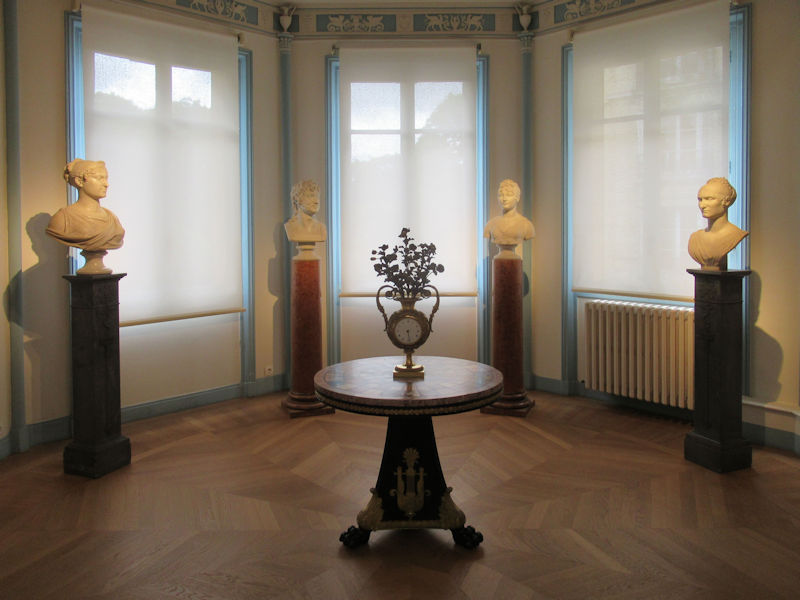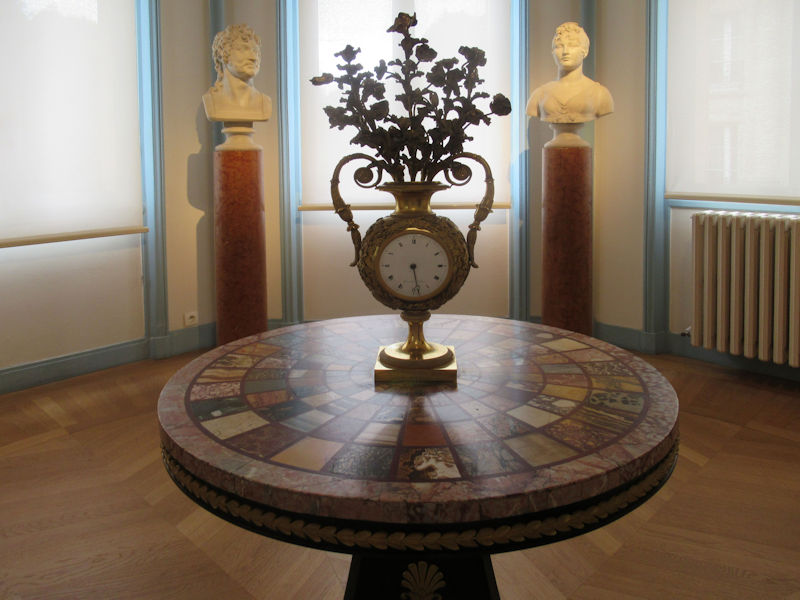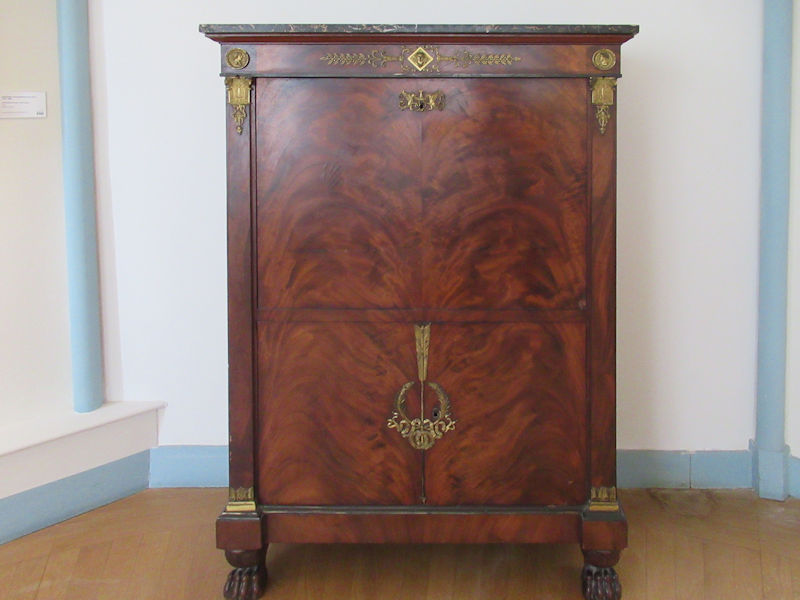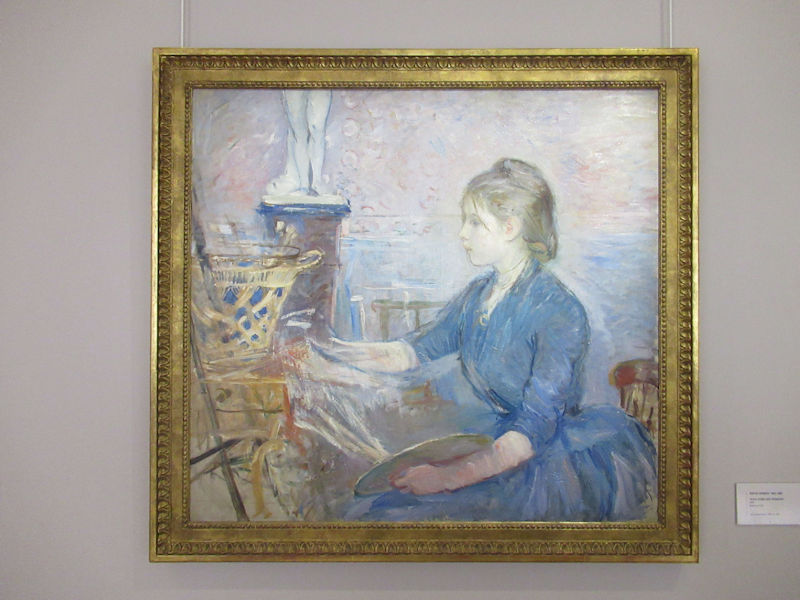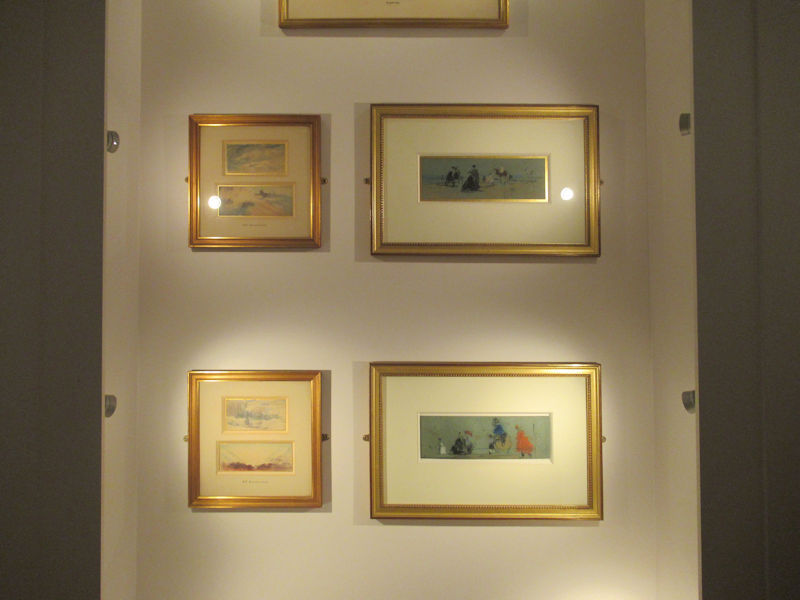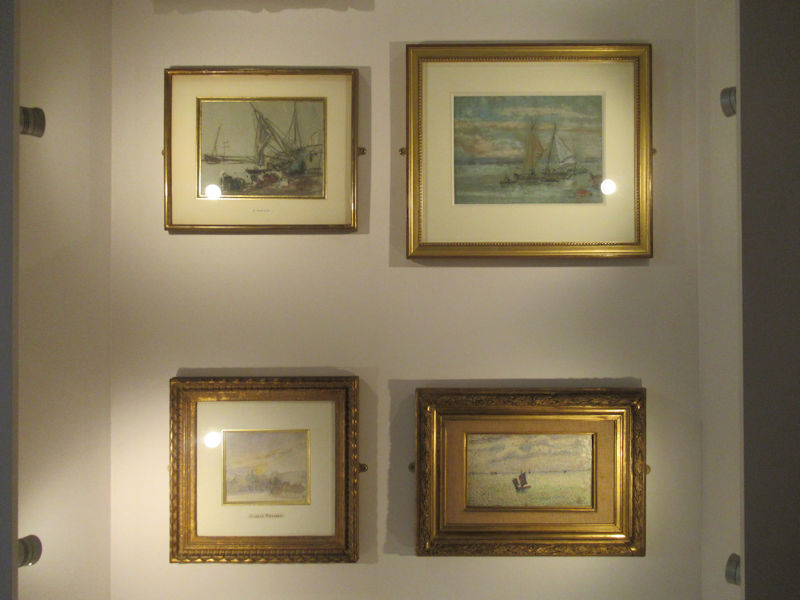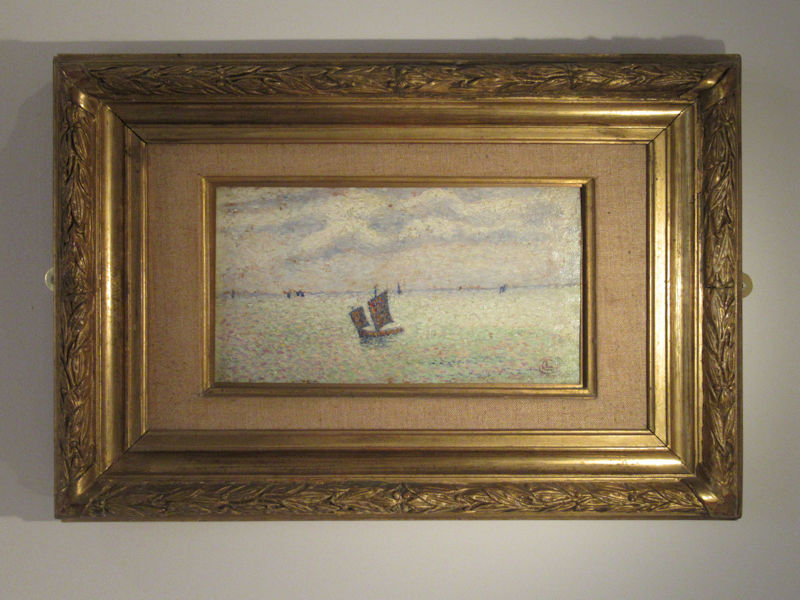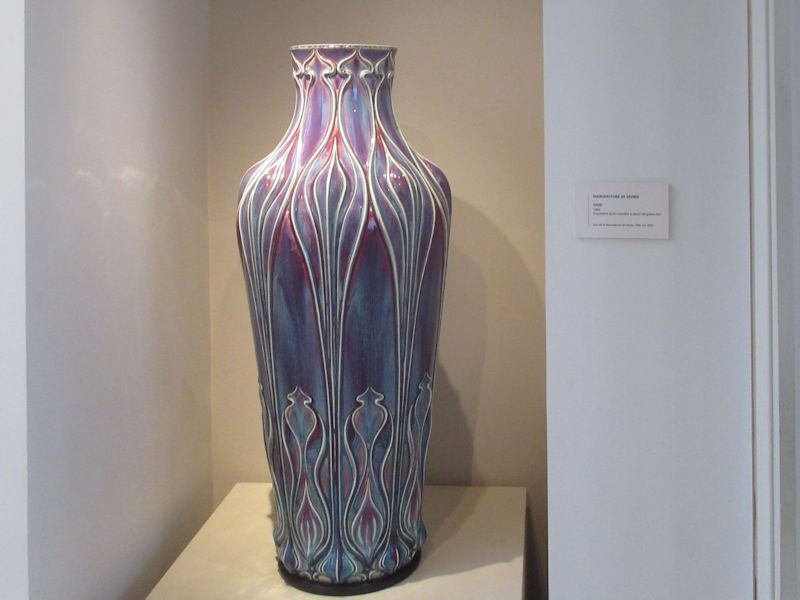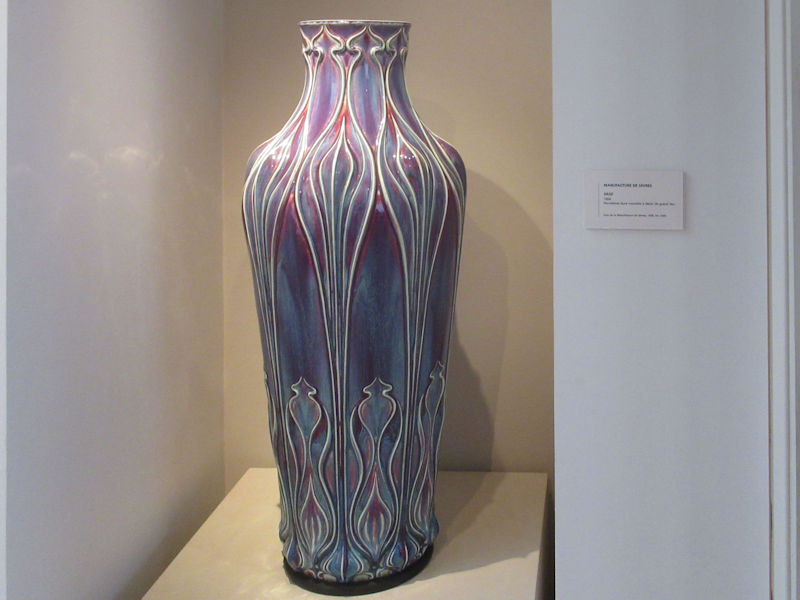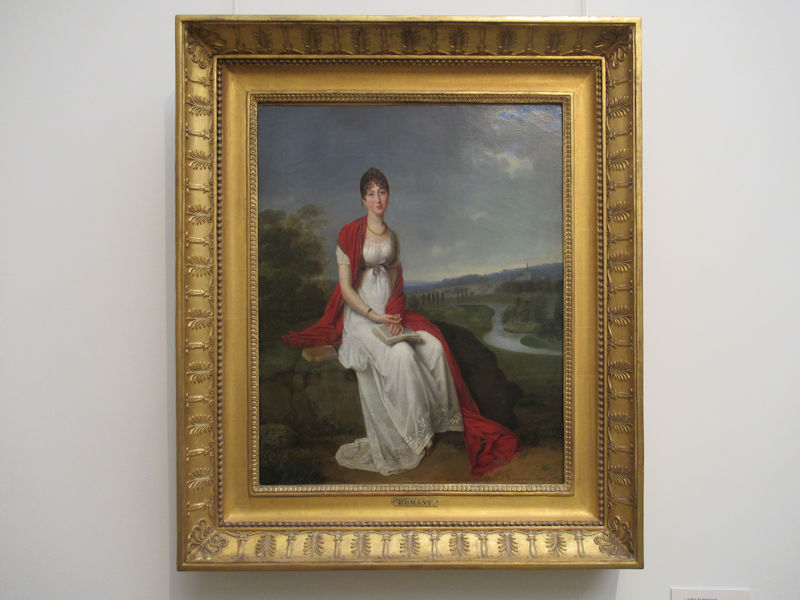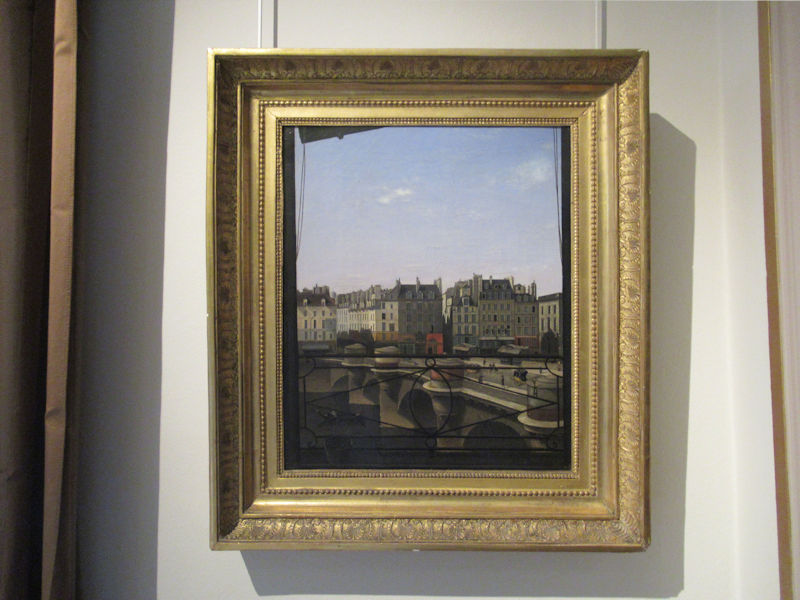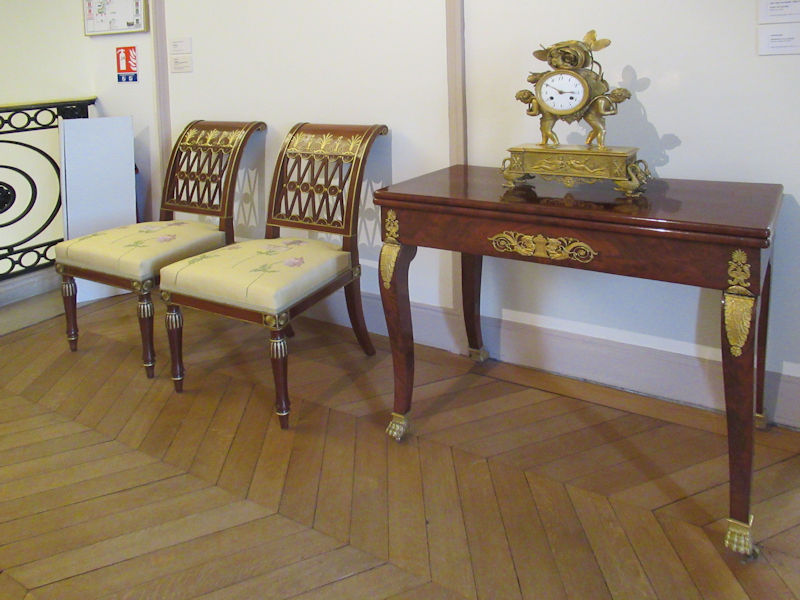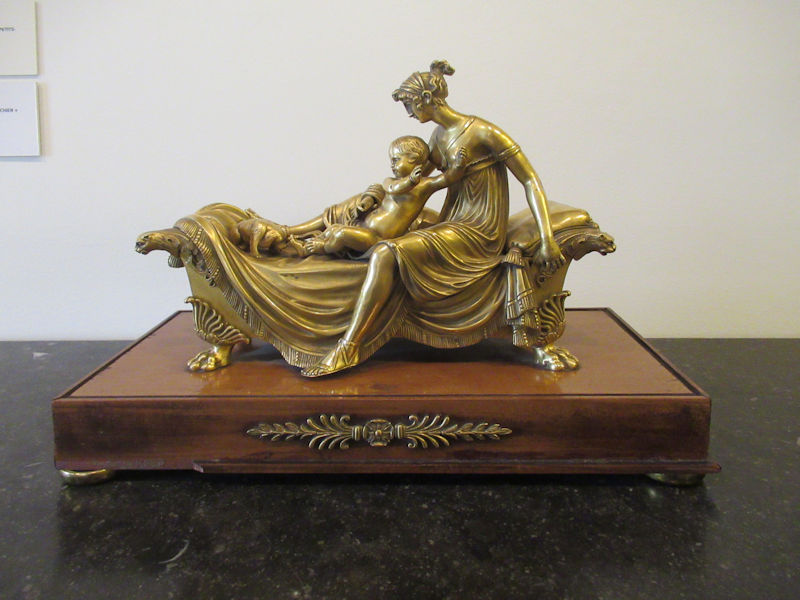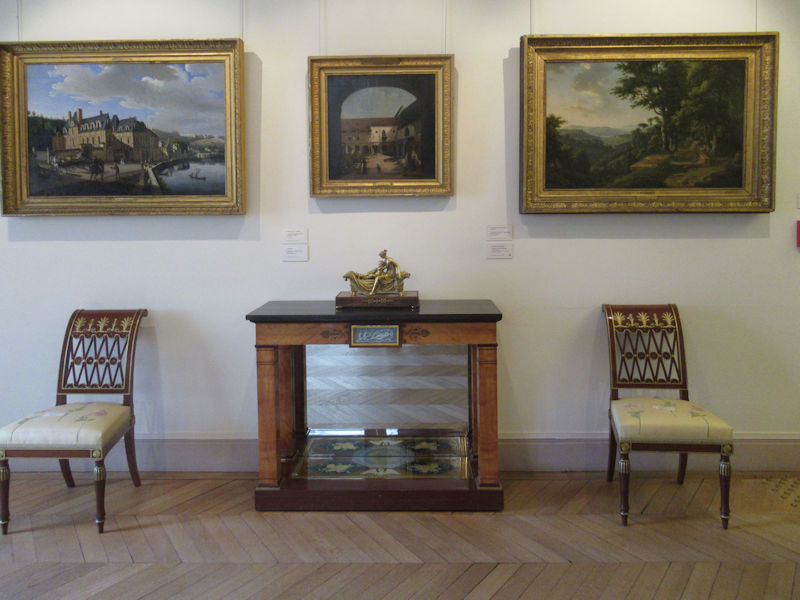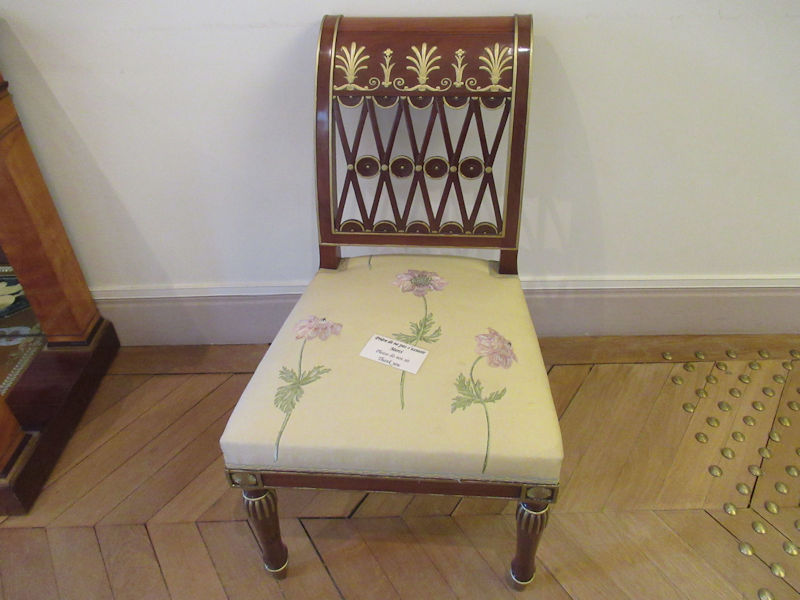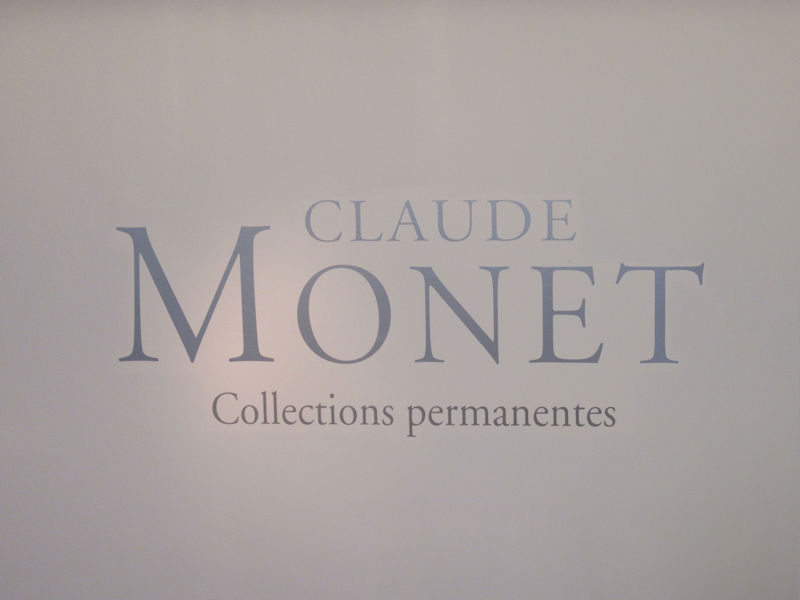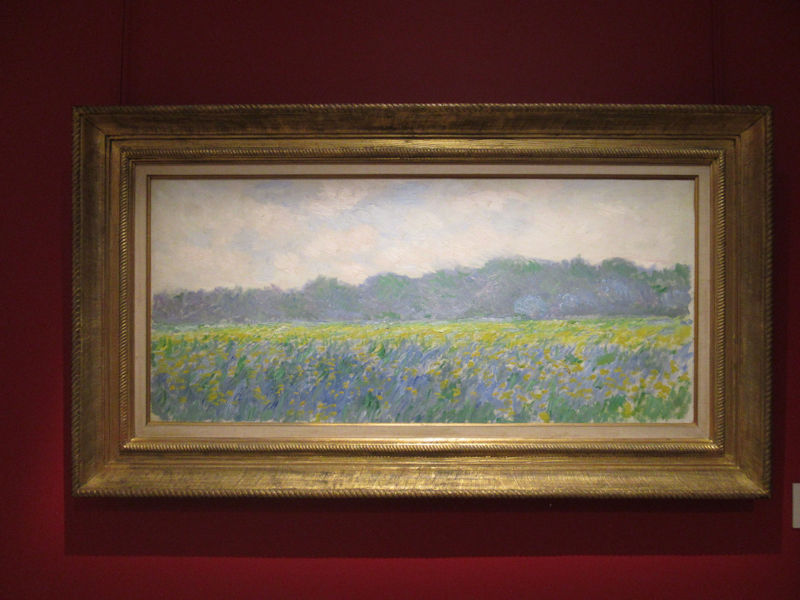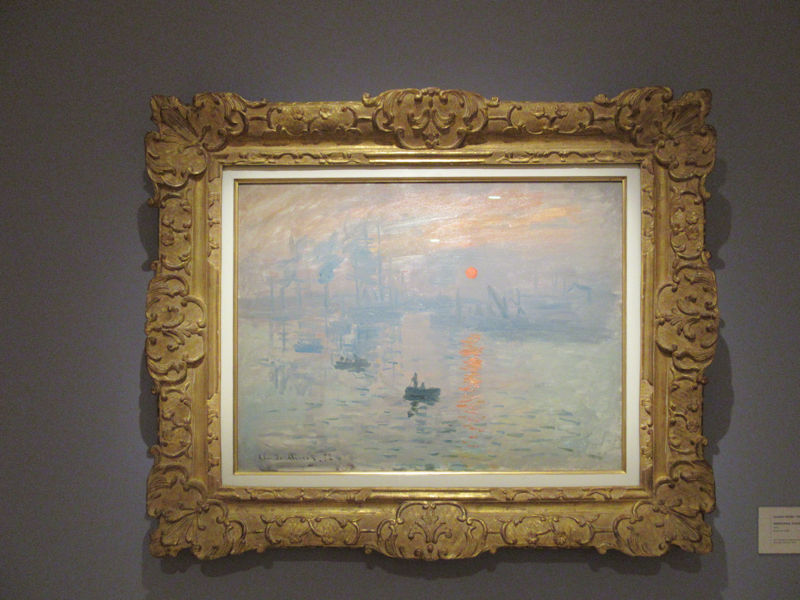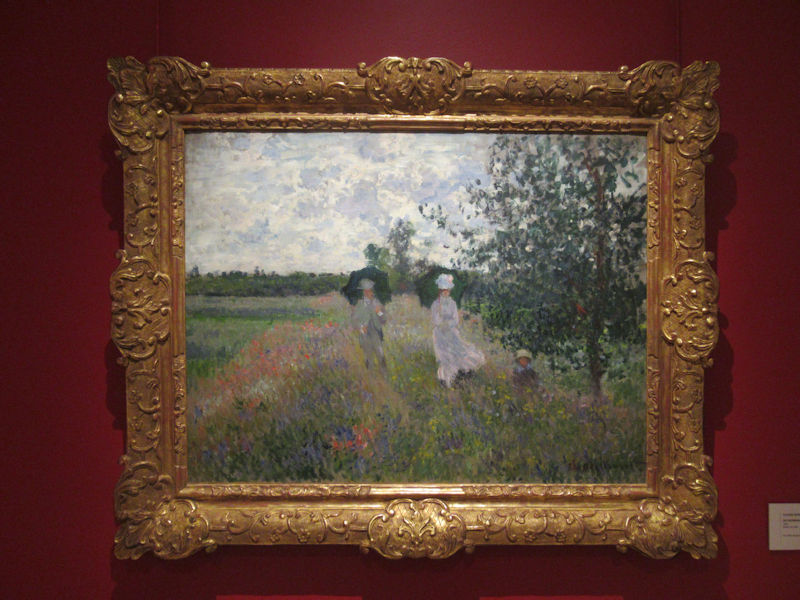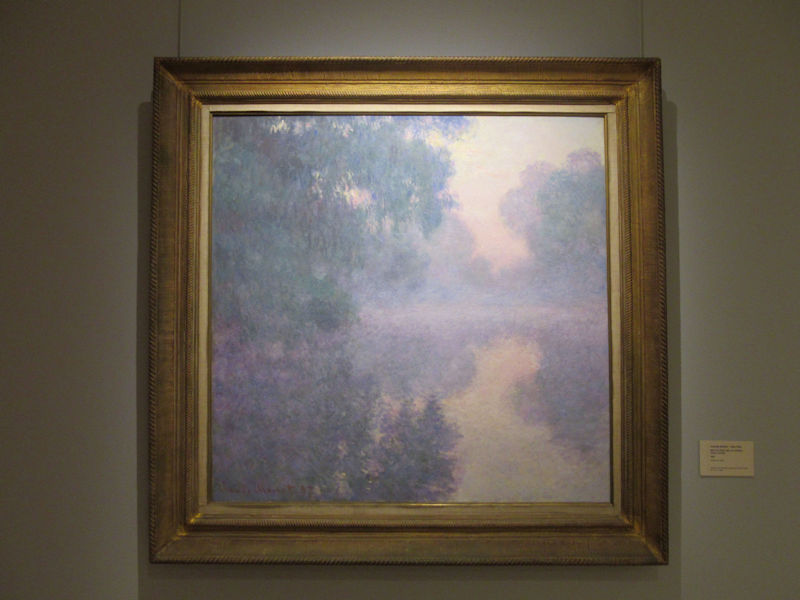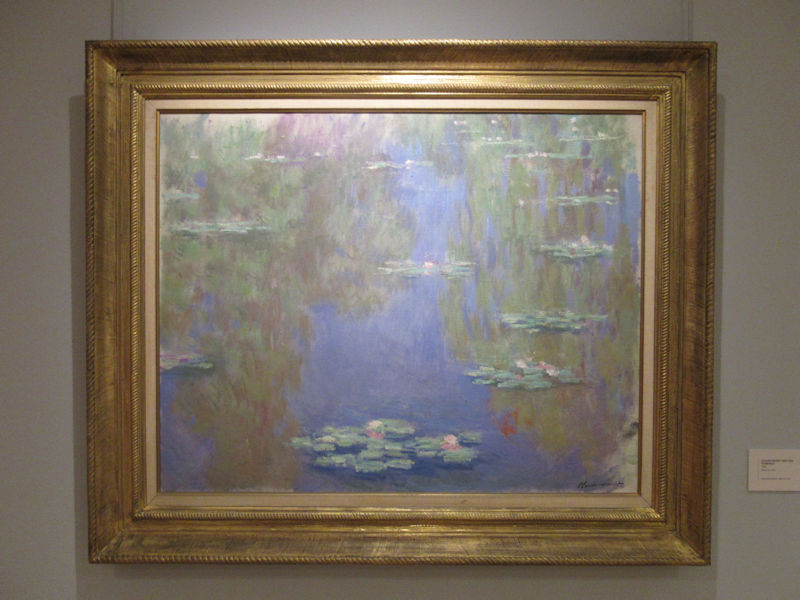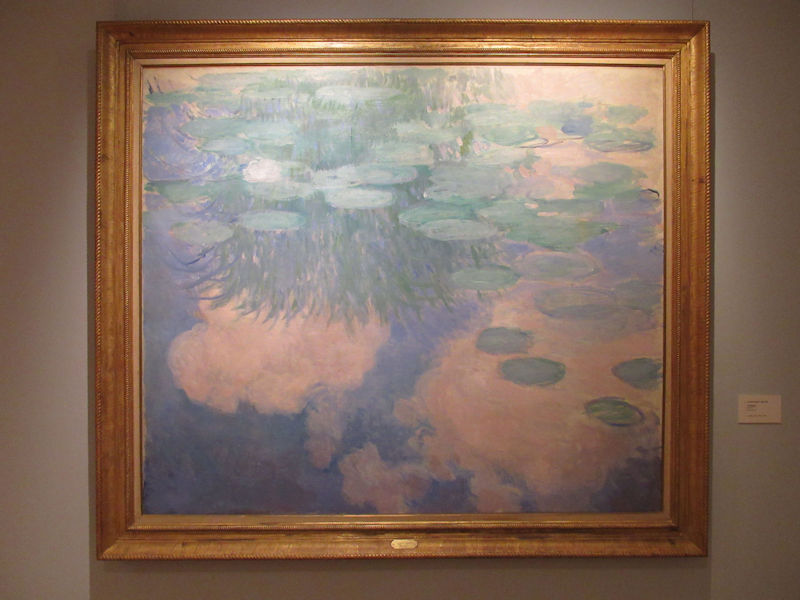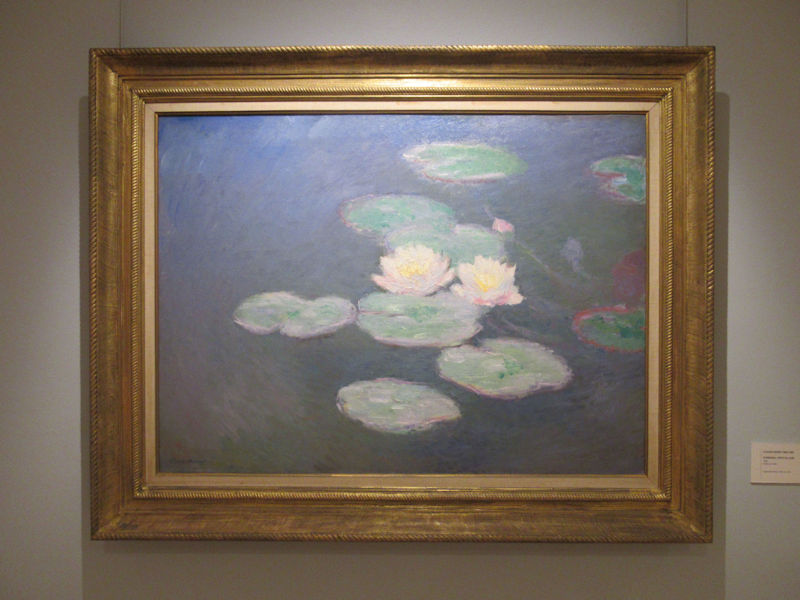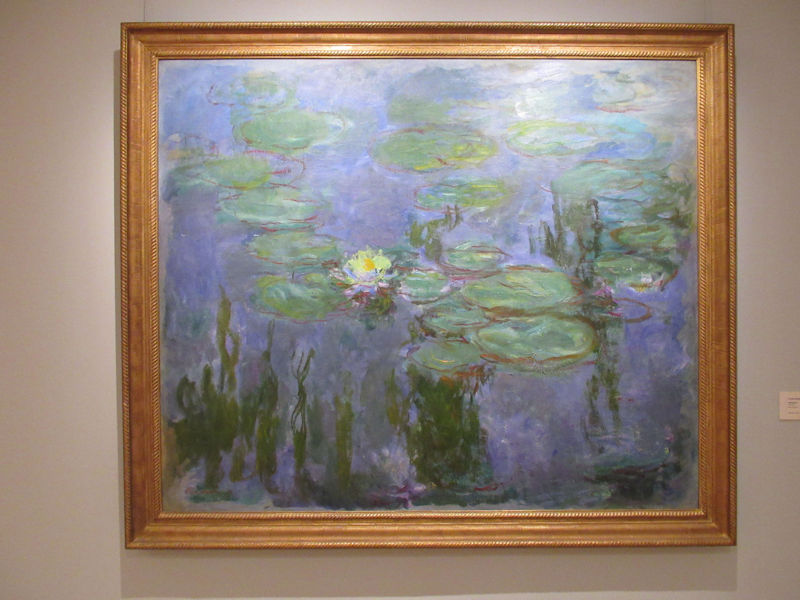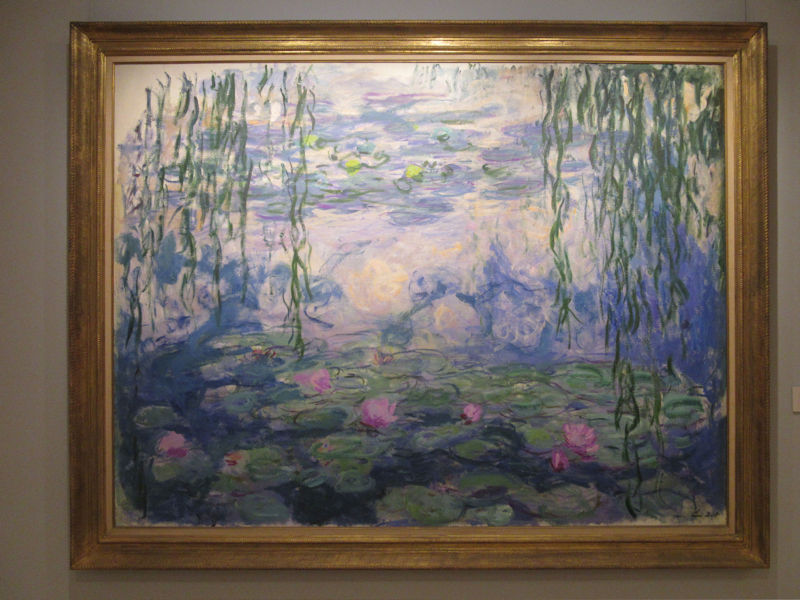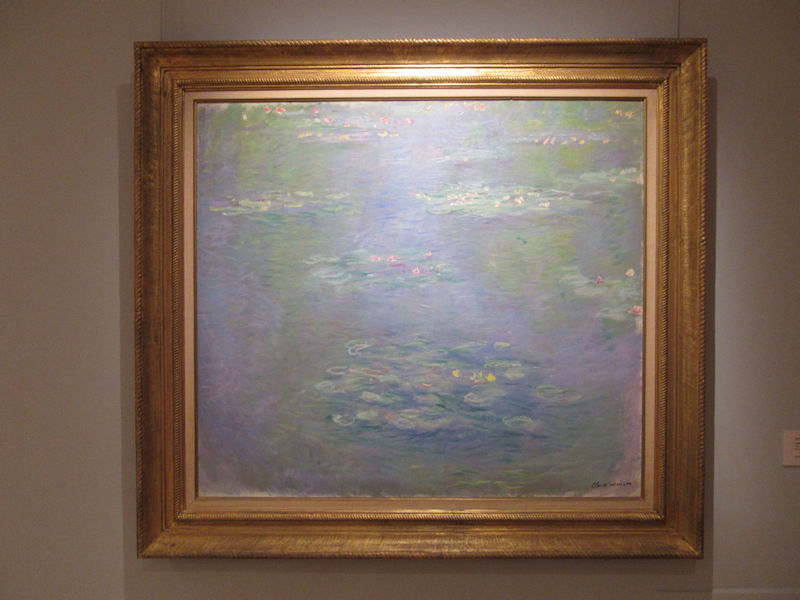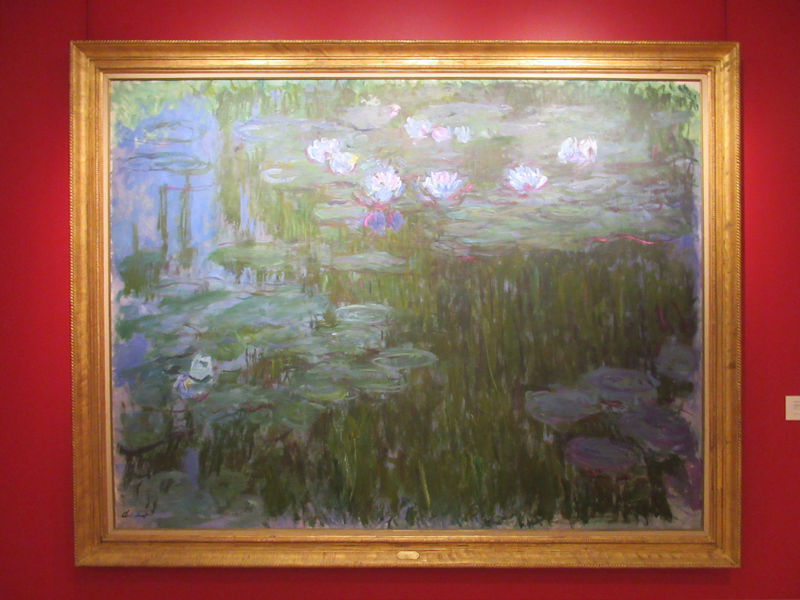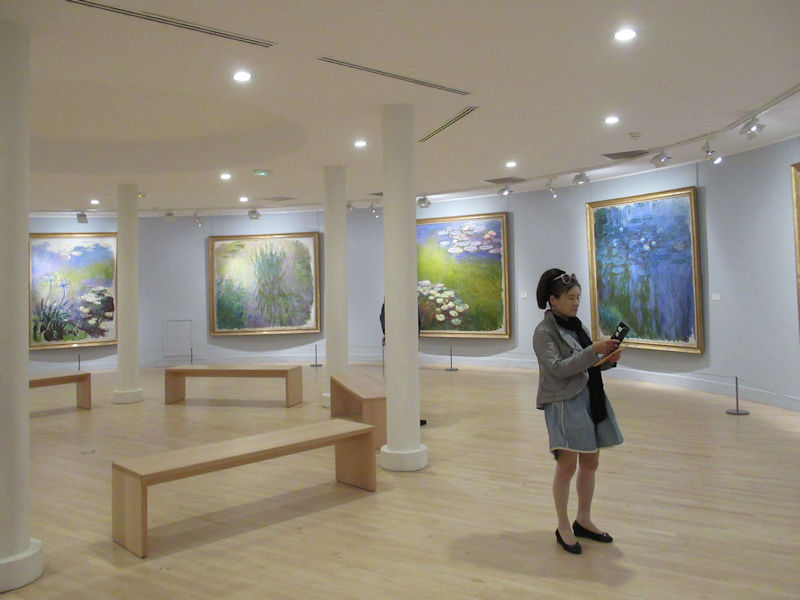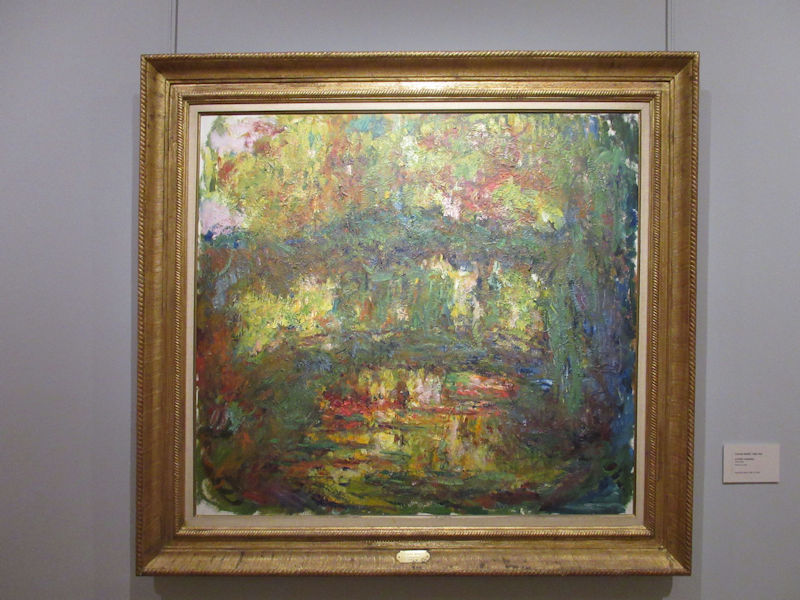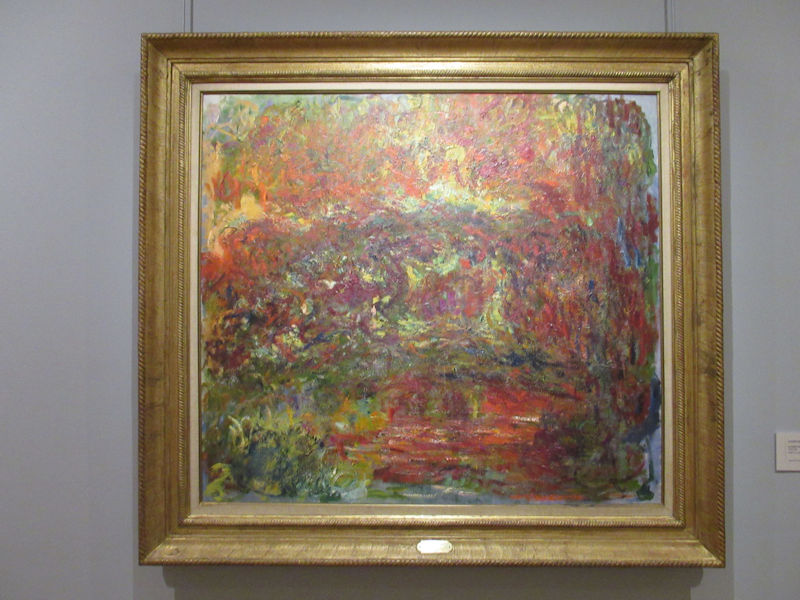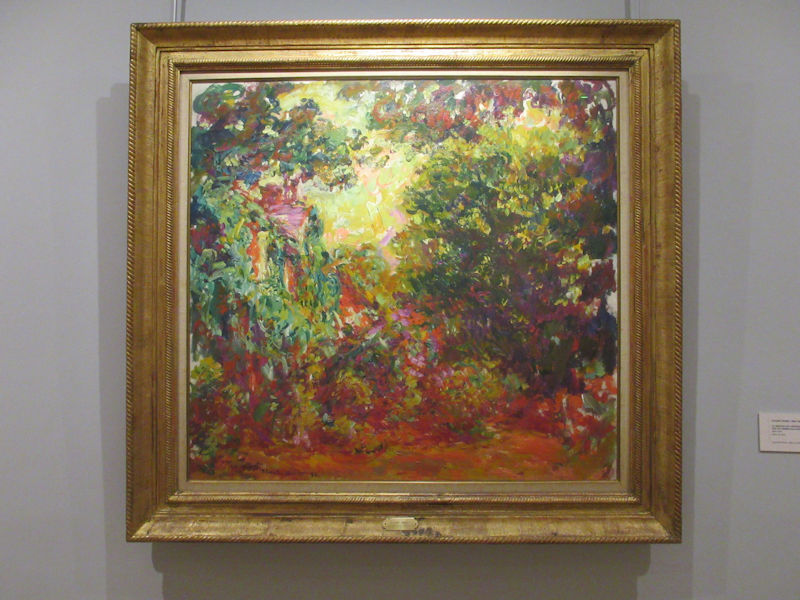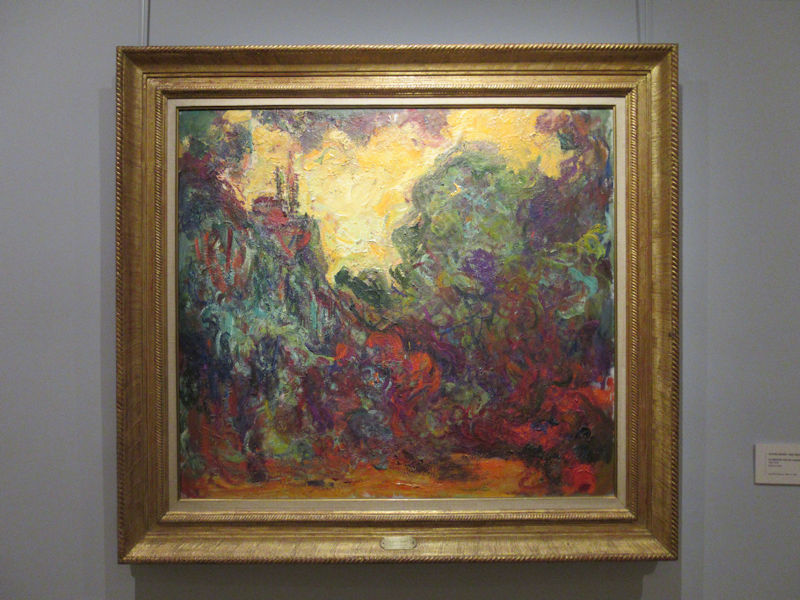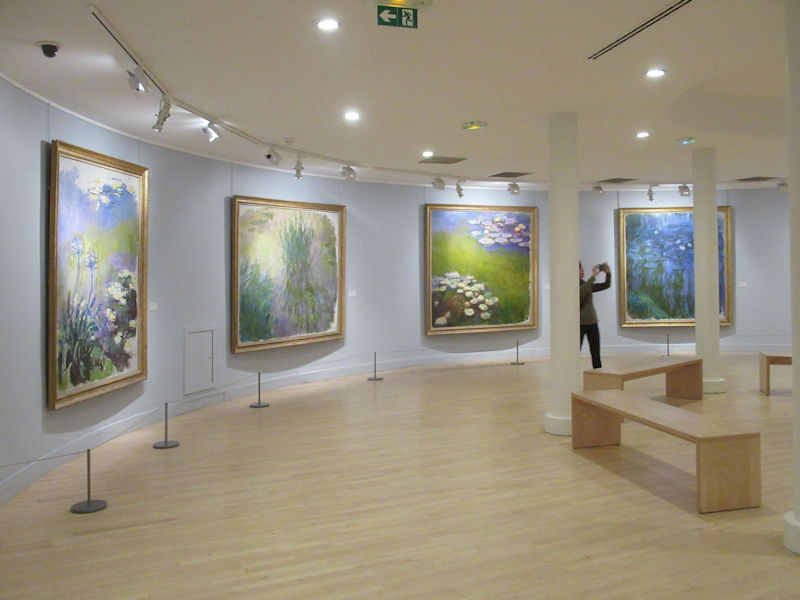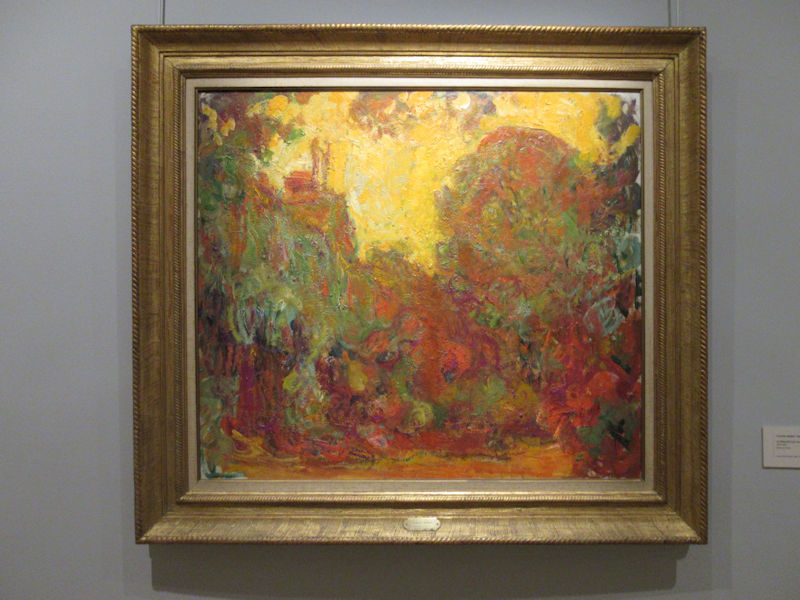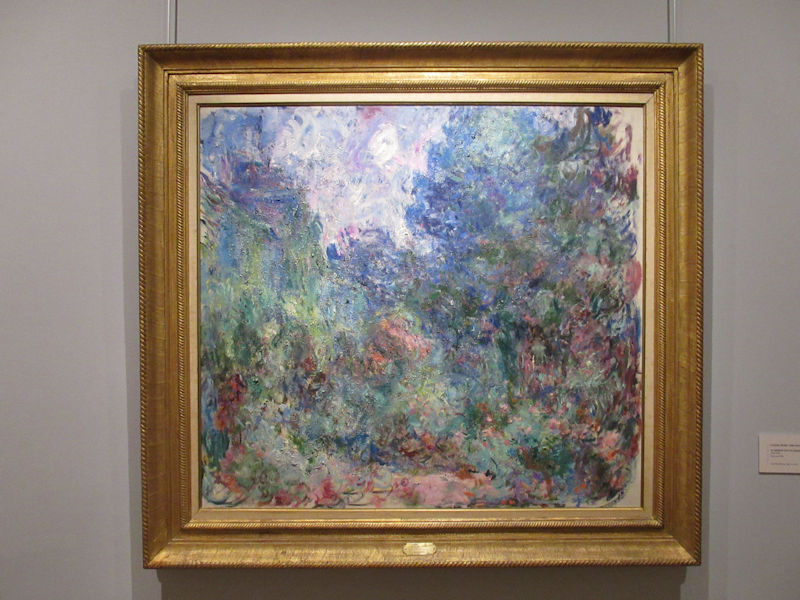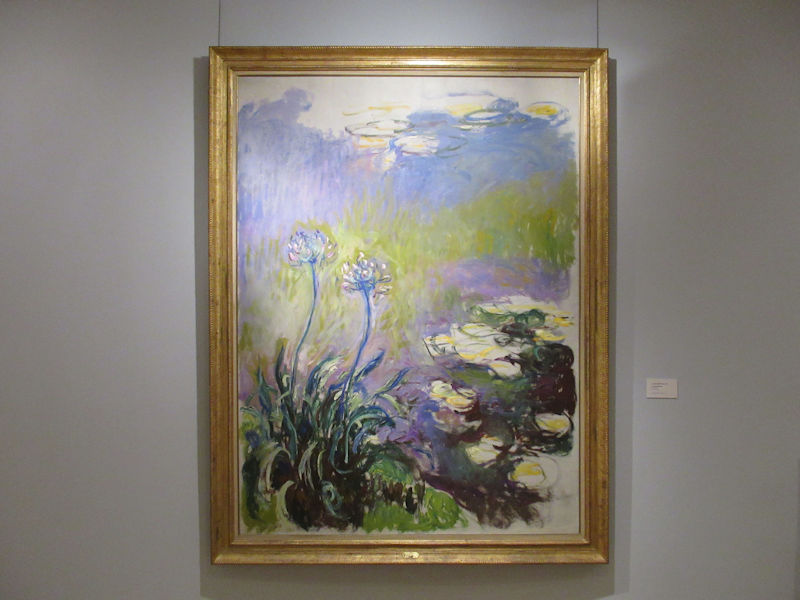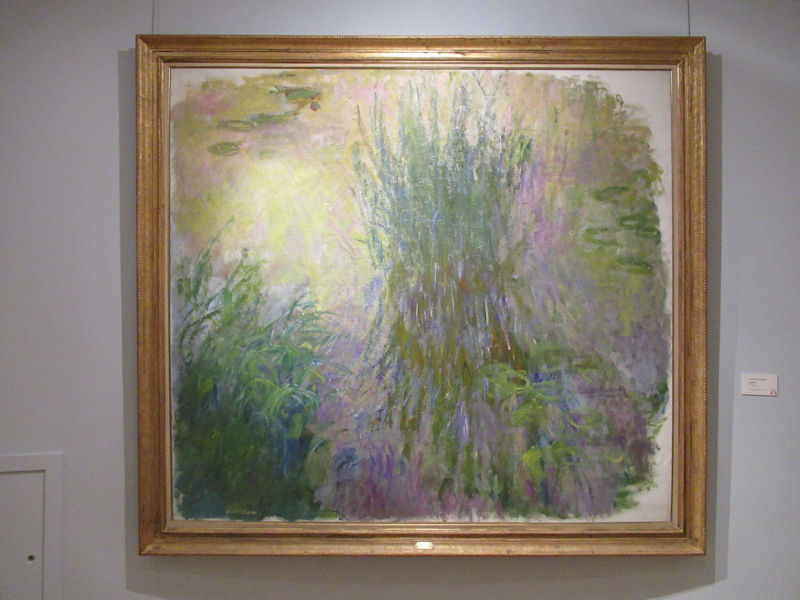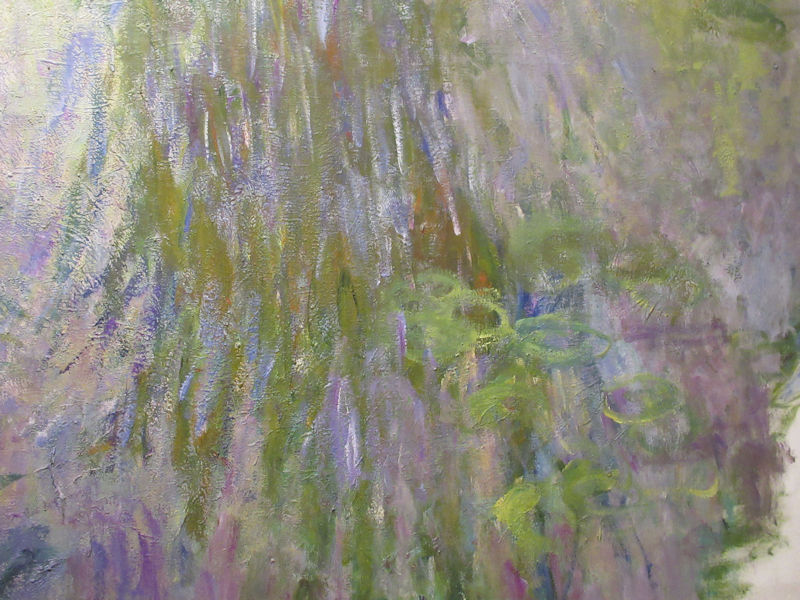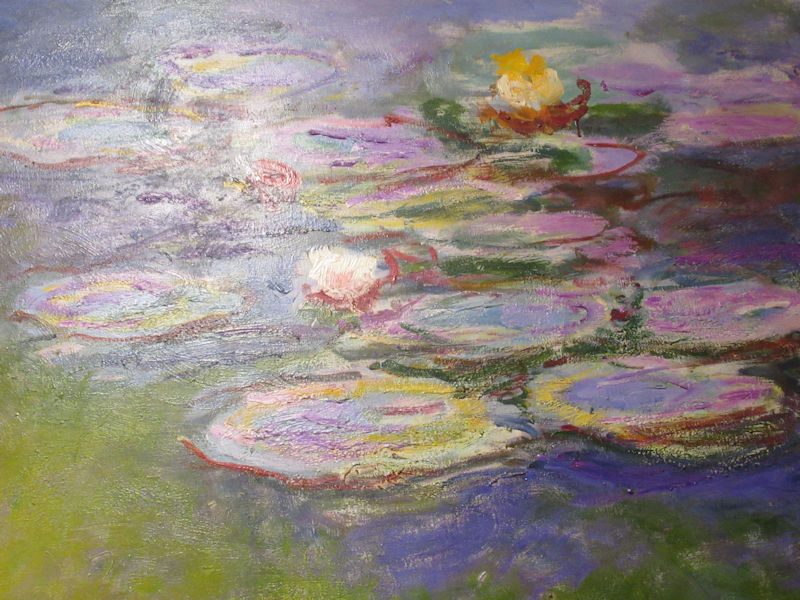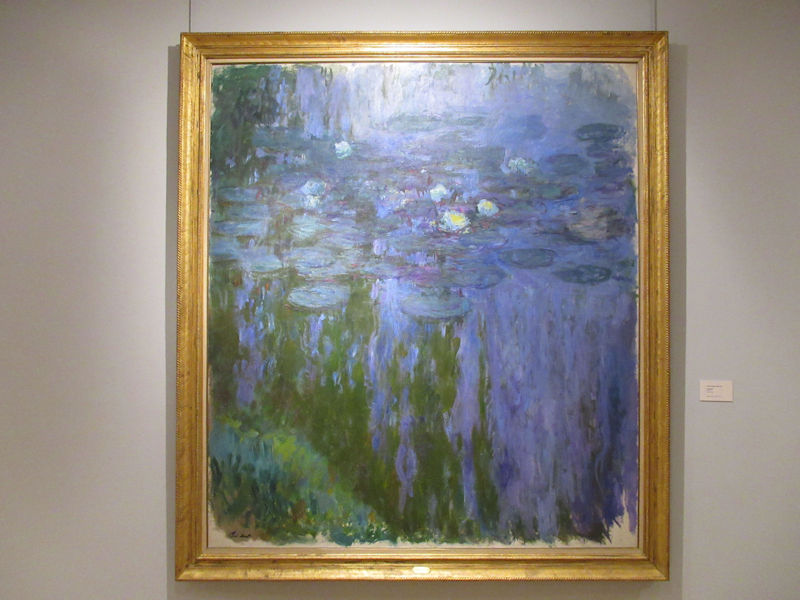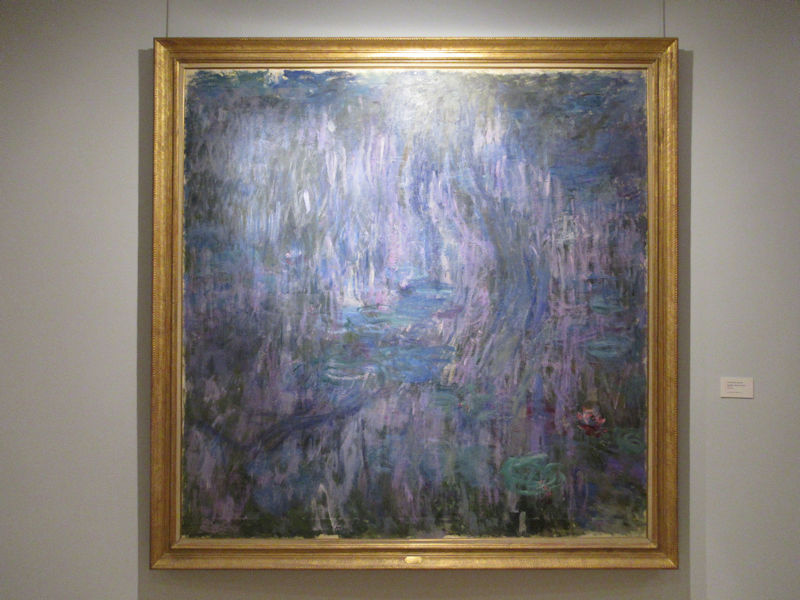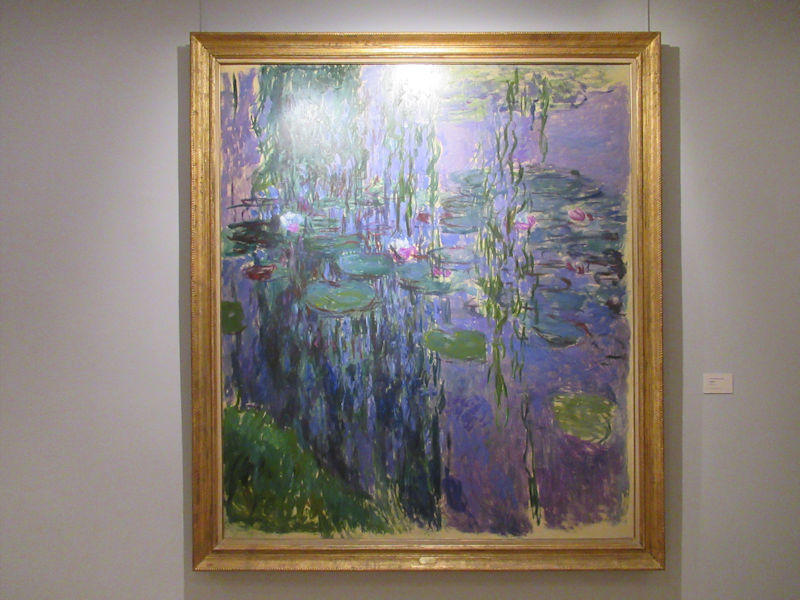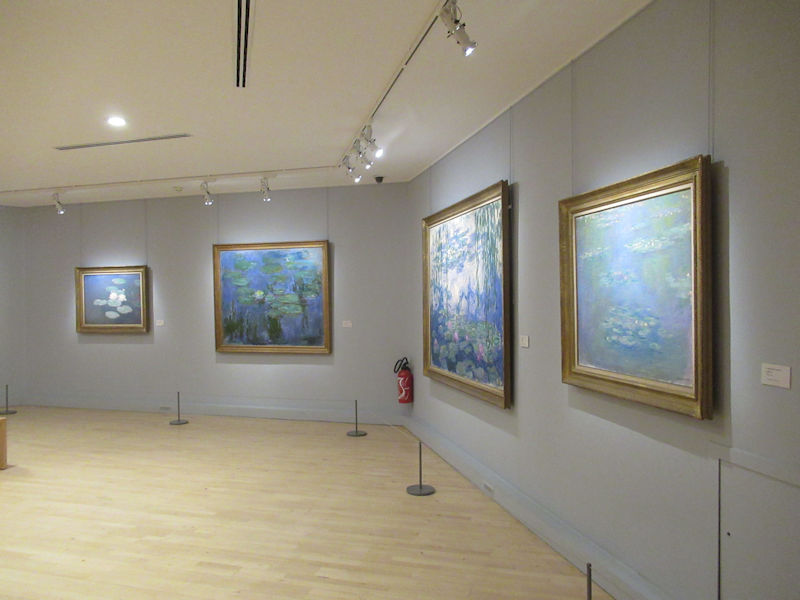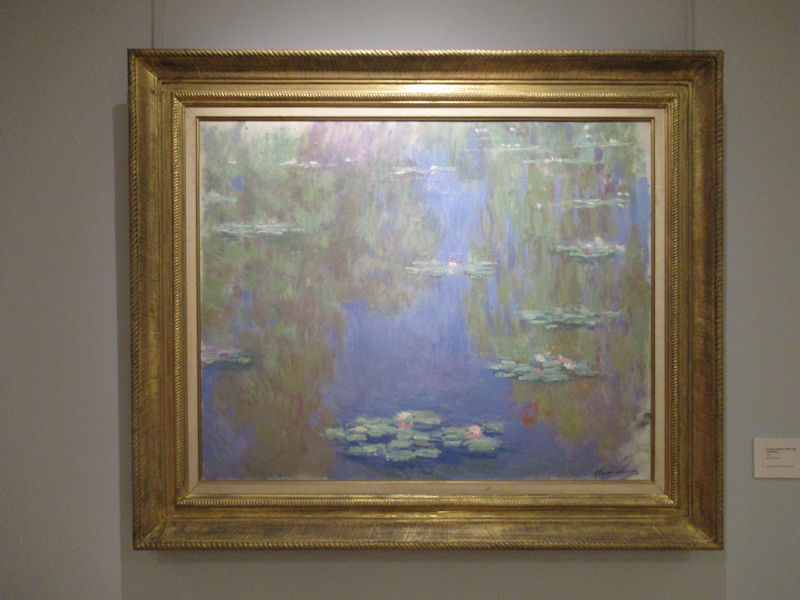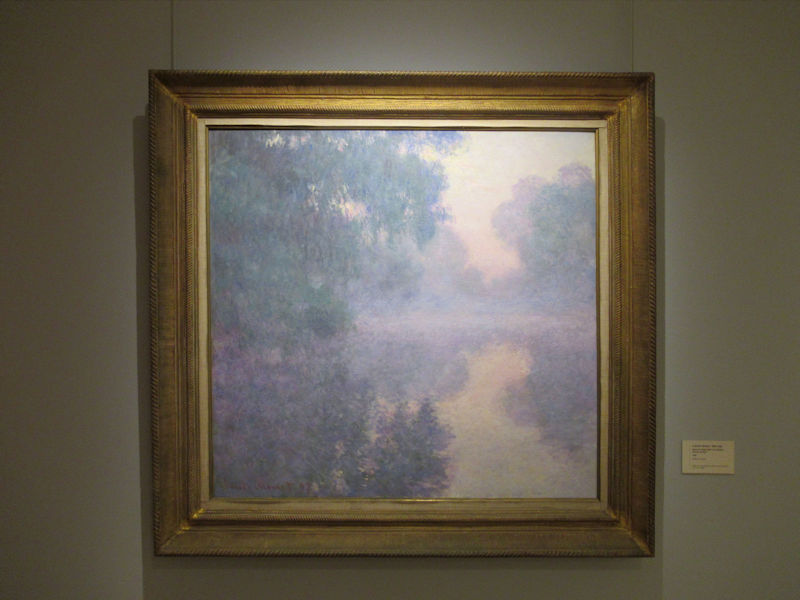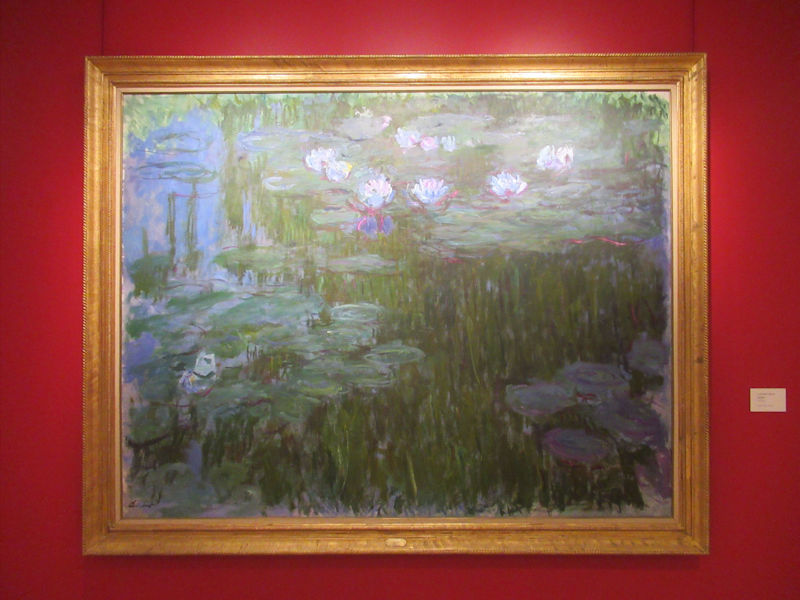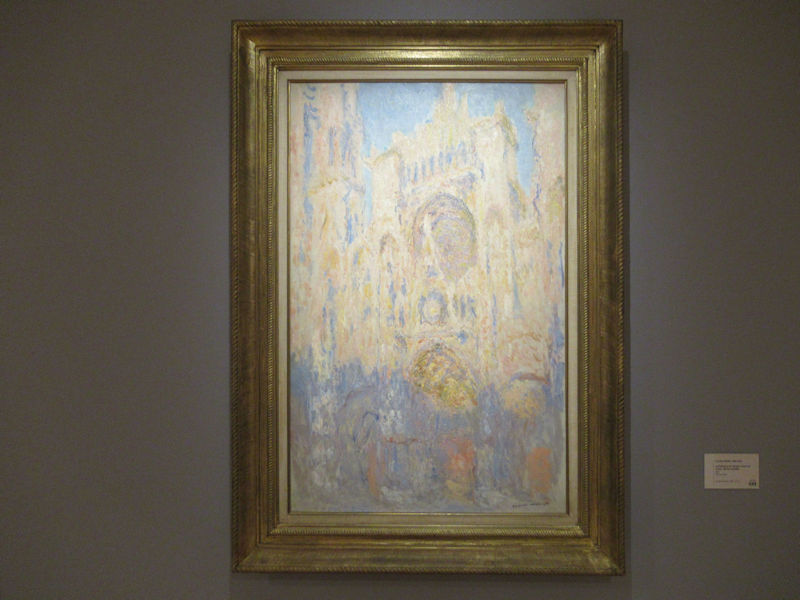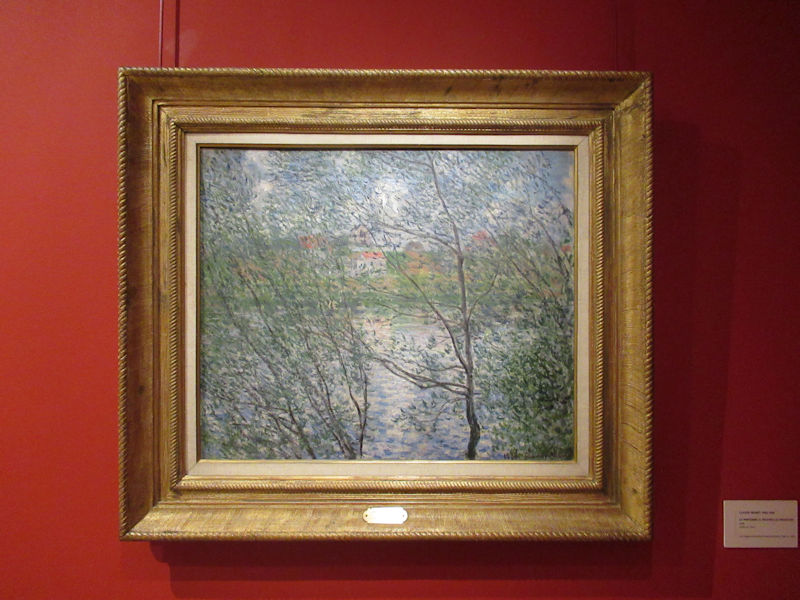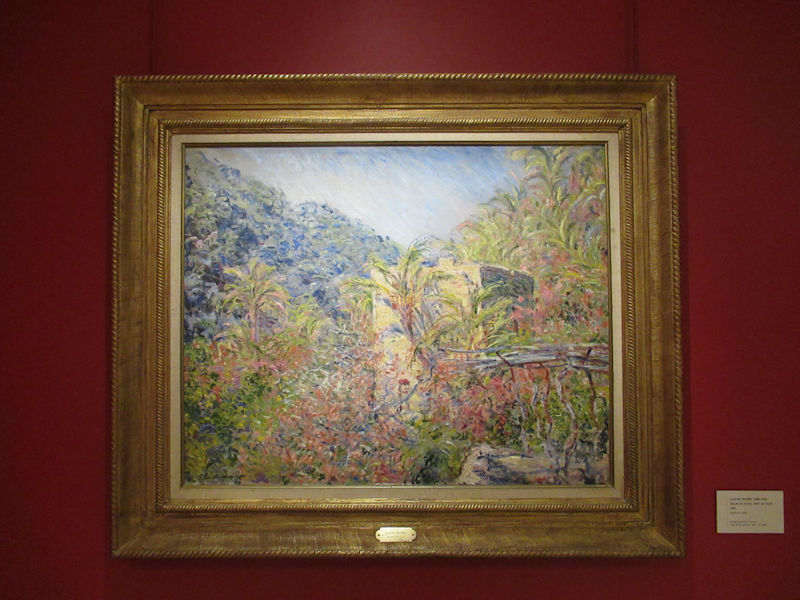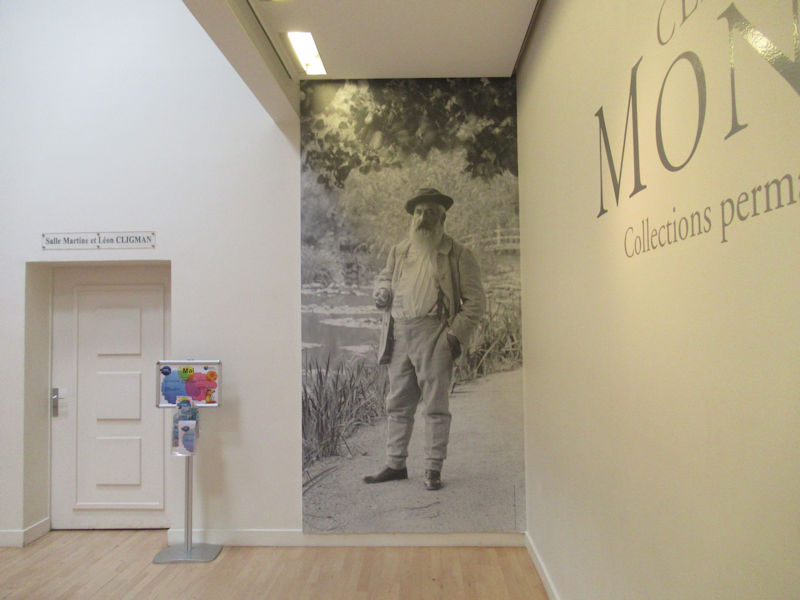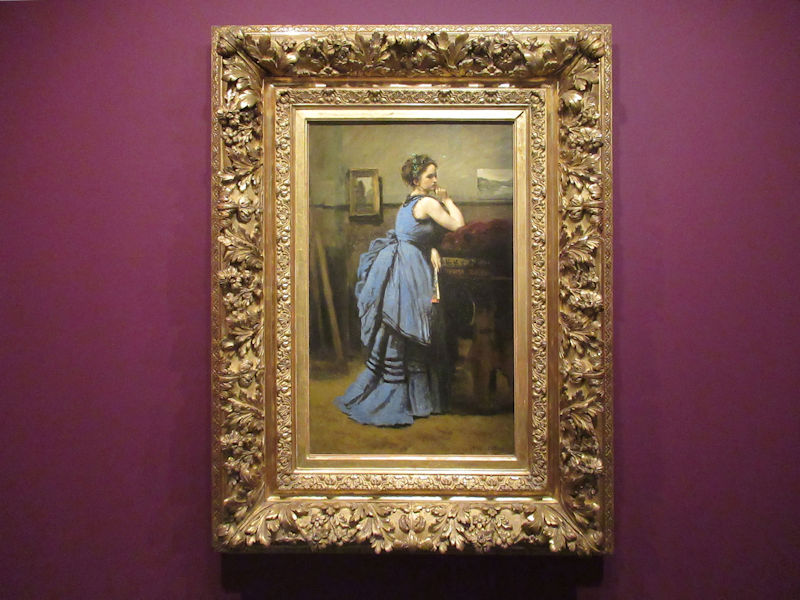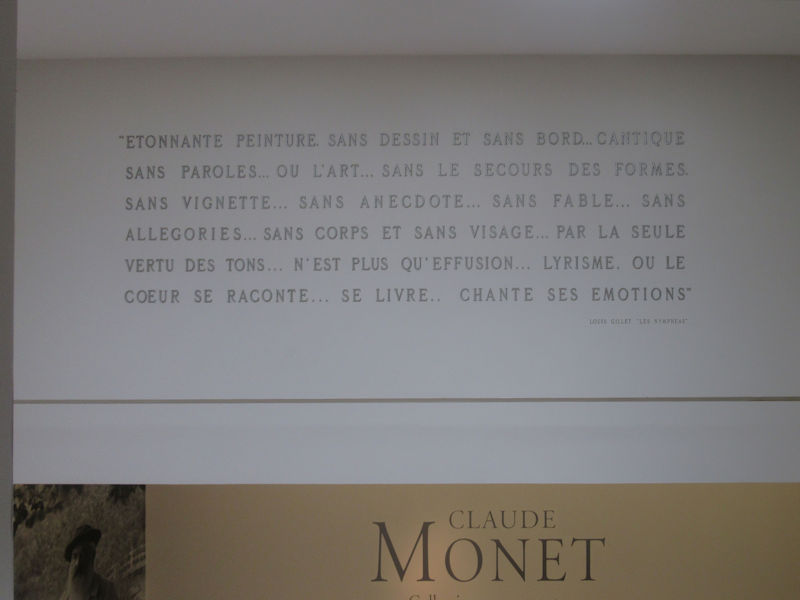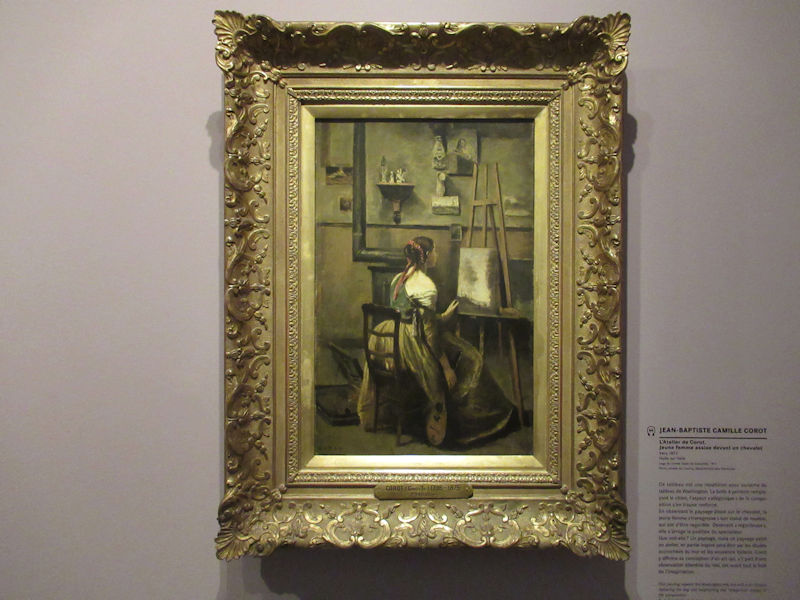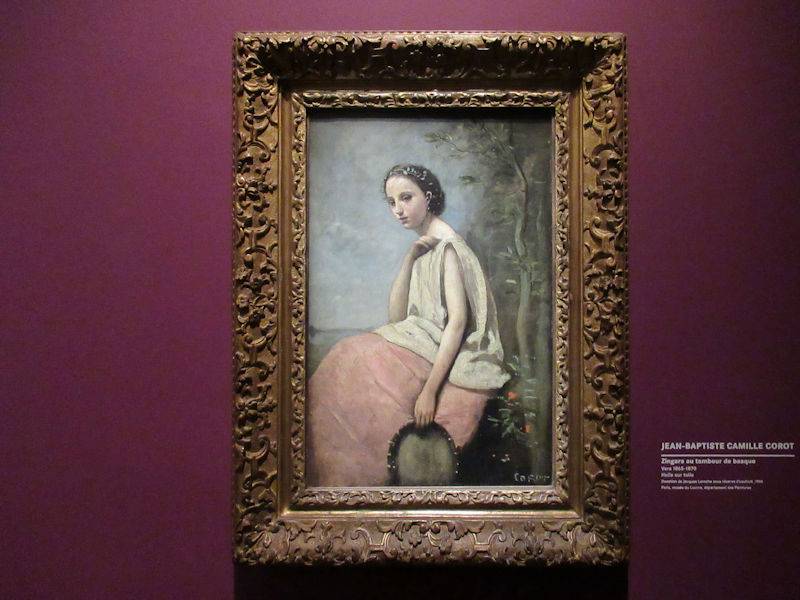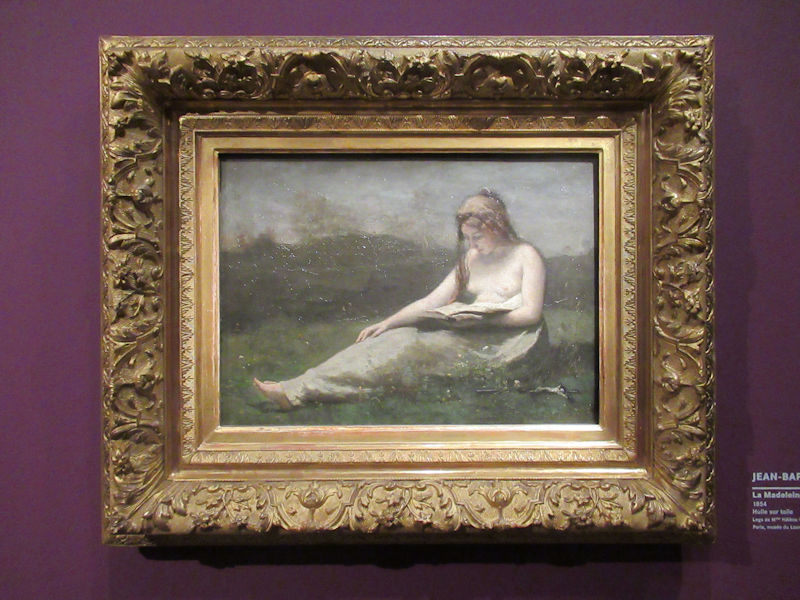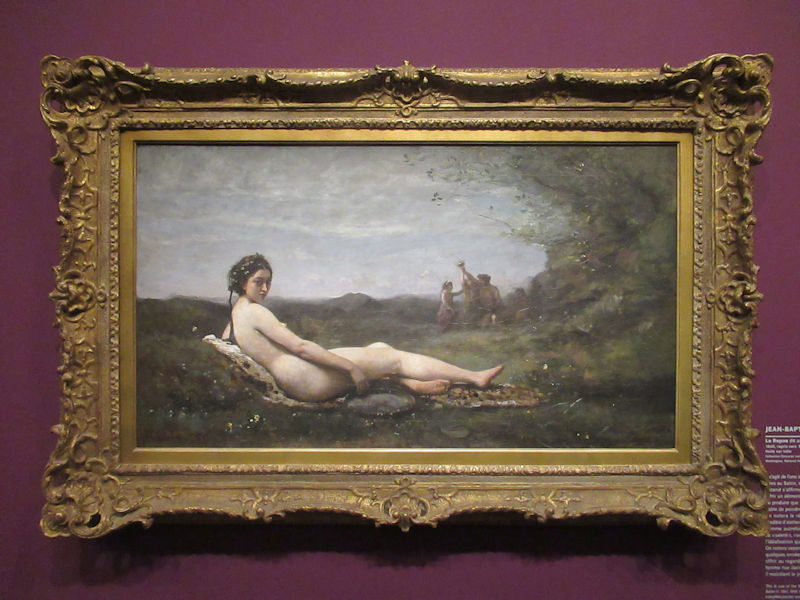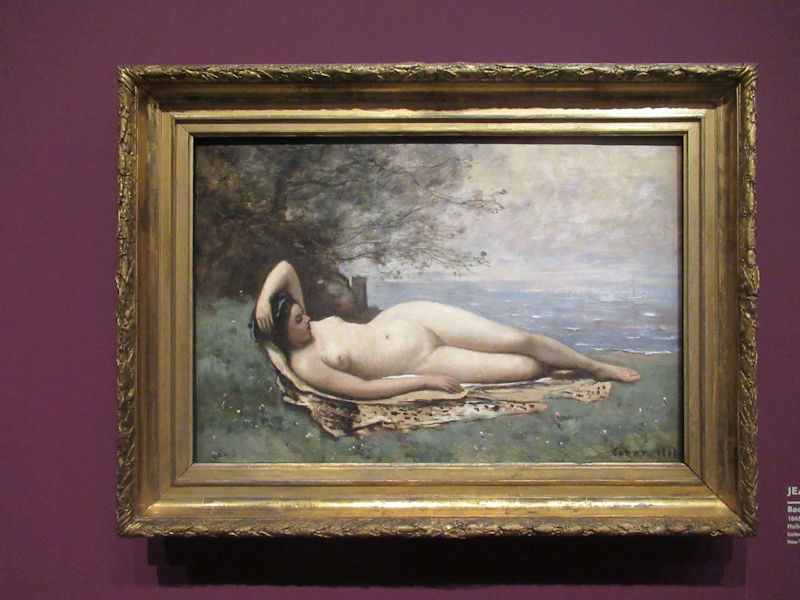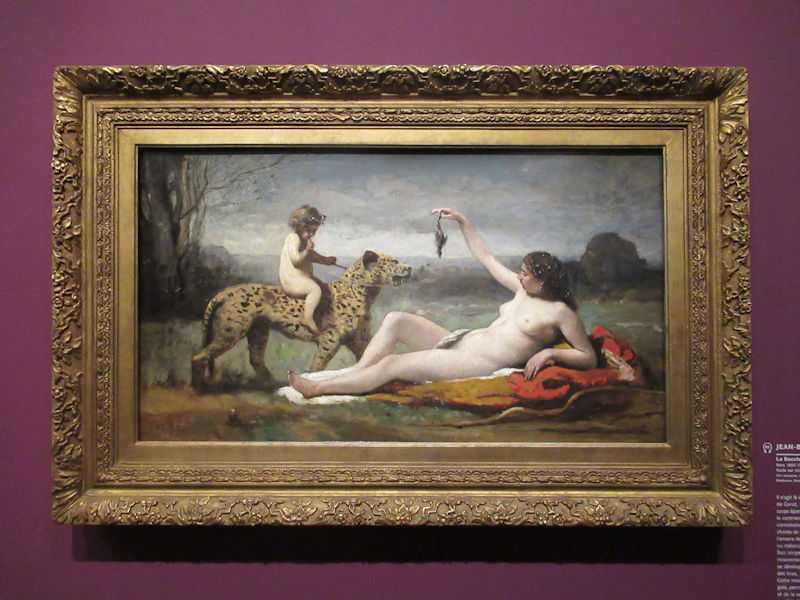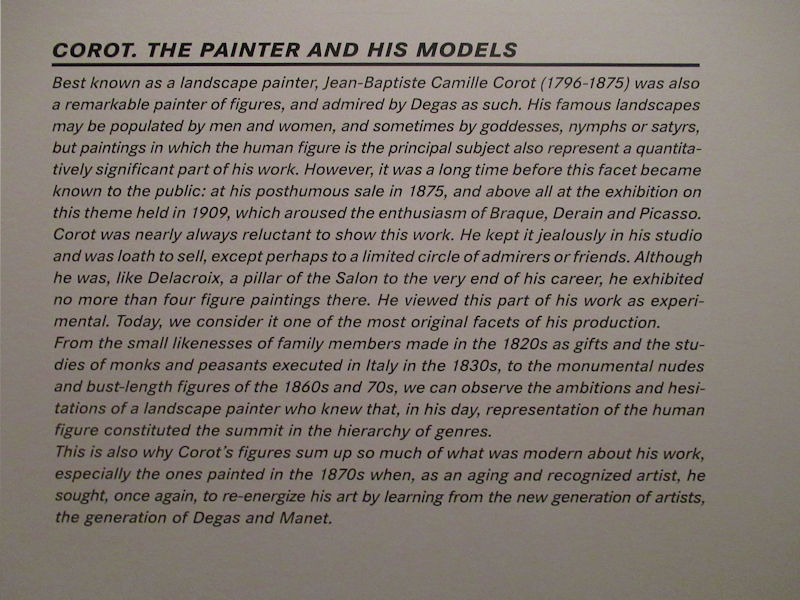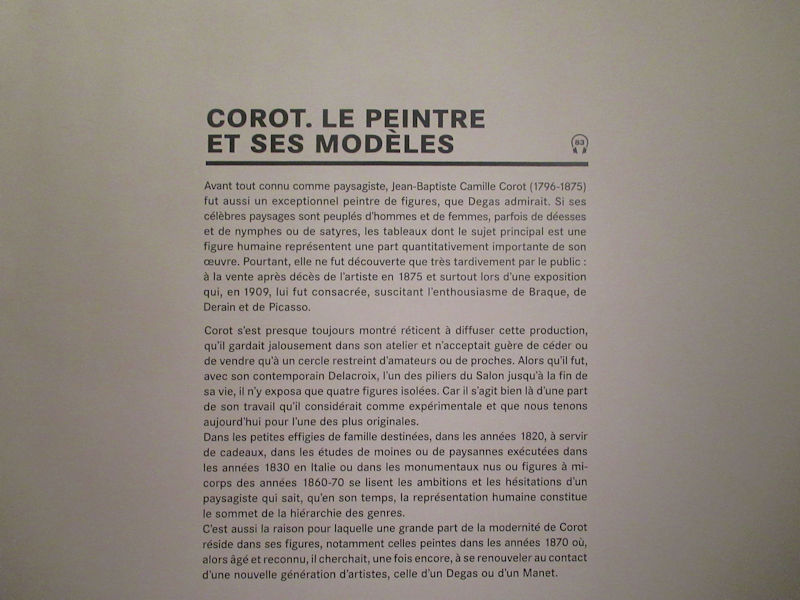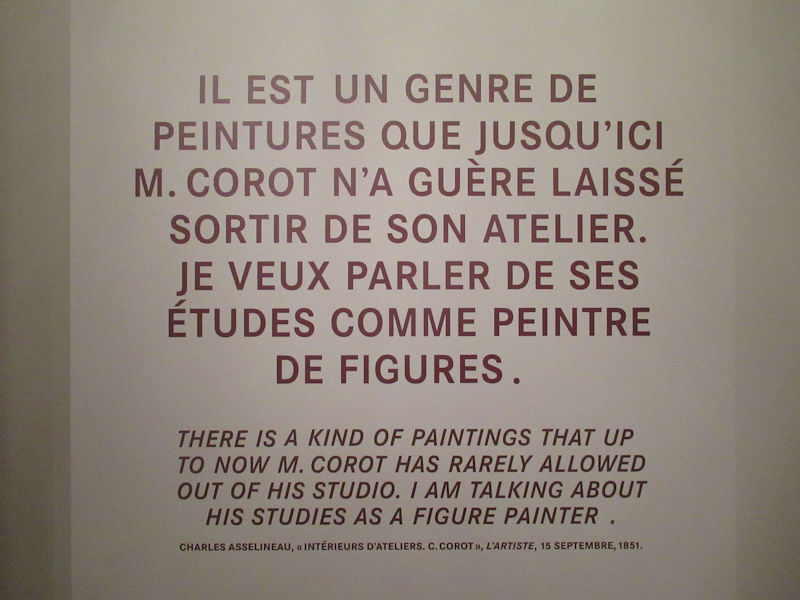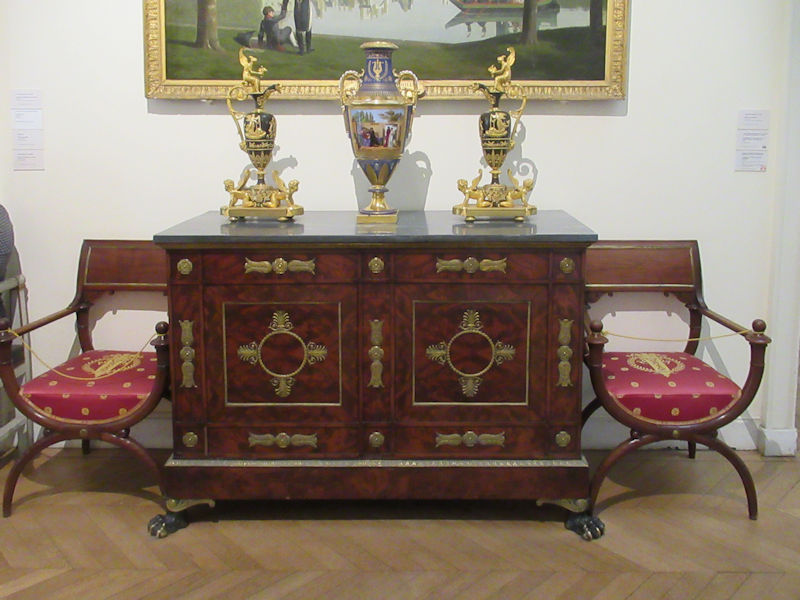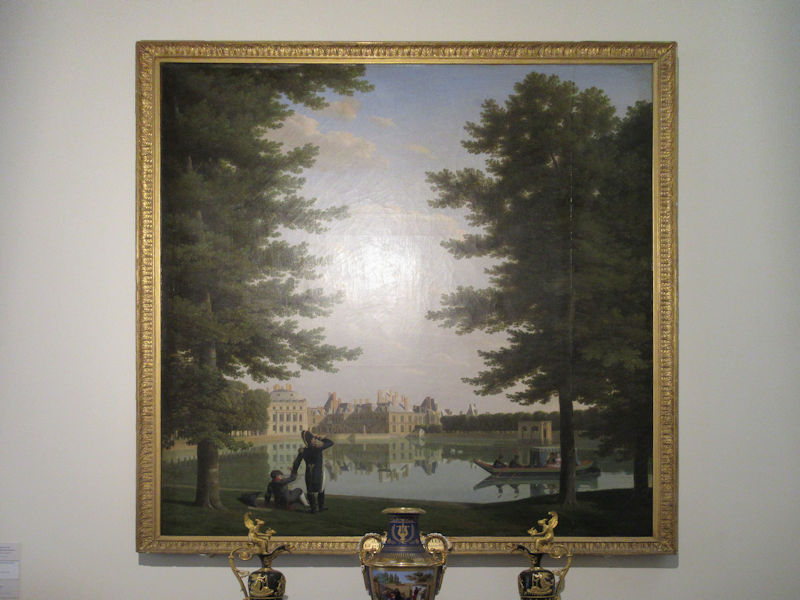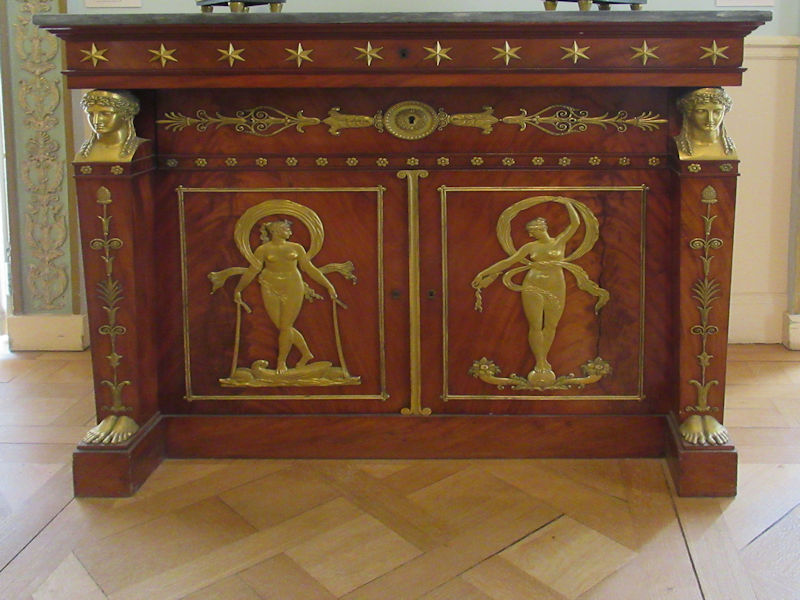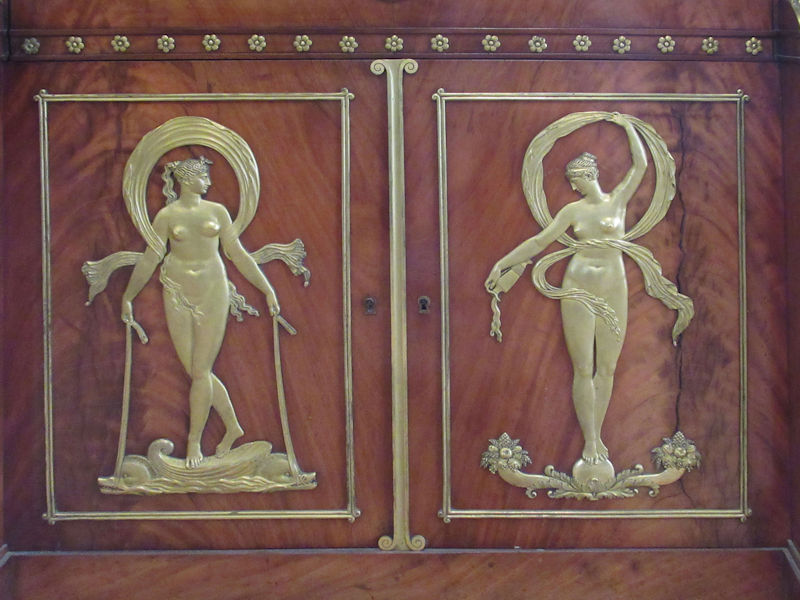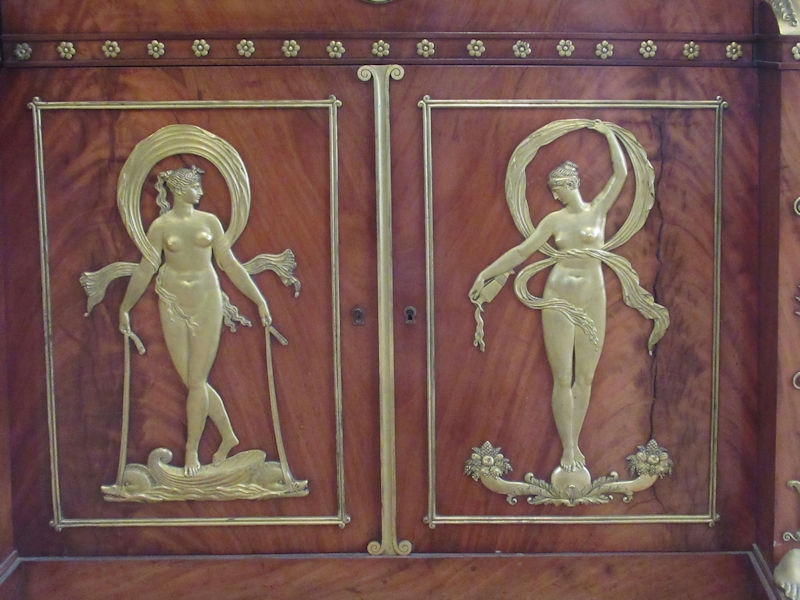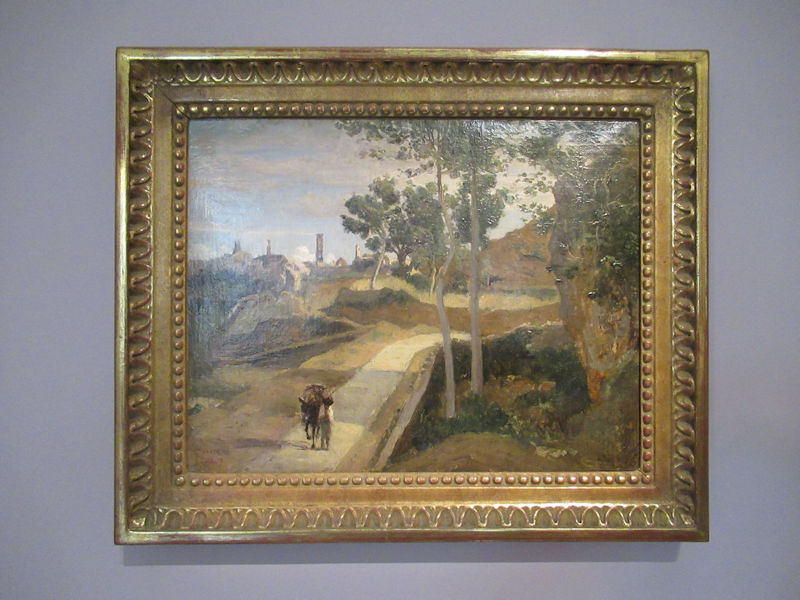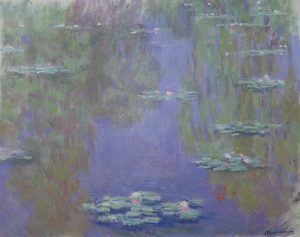
The Marmottan Monet Museum, former hunting lodge of Christophe Edmond Kellermann, Duke of Valmy, was acquired in 1882 by Jules Marmottan. His son Paul made it his home and enlarged it with a hunting lodge designed to house his collection of First Empire art and paintings.
At his death, in 1932, he bequeathed to the Academy of Fine Arts all his collections as well as his mansion which became the museum Marmottan in 1934 and the library of Boulogne rich in historical documents.
In 1957, the Marmottan Monet Museum received as a donation the collection of Victorine Donop de Monchy, inherited from his father Dr. Georges de Bellio, doctor of Manet, Monet, Pissarro, Sisley and Renoir who was one of the first lovers of painting impressionist.
Michel Monet, second son of the painter, bequeathed in 1966 to the Academy of Fine Arts his Giverny property and his collection of paintings inherited from his father for the Marmottan Museum. It provides the Museum with the world’s largest collection of Claude Monet’s works. The academic and curator architect of the Jacques Carlu Museum then built a room inspired by the large decorations of the Orangerie des Tuileries to receive the collection.
The works brought together by Henri Duhem and his wife Mary Sergeant came to complete this fund in 1987 thanks to the generosity of their daughter Nelly Duhem. Painter and companion in arms of the post-impressionists, Henri Duhem was also a passionate collector gathering the works of his contemporaries.
In 1996, the Denis and Annie Rouart Foundation was created within the Marmottan Monet Museum in accordance with the wish of its benefactor. The Museum then enriched its collections with prestigious works by Berthe Morisot, Edouard Manet, Edgar Degas, Auguste Renoir and Henri Rouart.
Daniel Wildenstein offered his father’s exceptional collection of illuminations at the Marmottan Museum in 1980.
Since then, many other legacies, just as important, have come to complete the museum’s collections. In fact, the generosity of many patrons has also contributed to the splendor of the collections now on display in the Marmottan Monet Museum.
Housed in the former hunting lodge of the Duke of Valmy, a lavish 19th-century mansion in Paris’ 16th arrondissement, the Musée Marmottan, or the Marmottan Monet museum, is as impressive from the outside as it is inside. Founded around the vast Napoleonic era art collection bequeathed to the Academy of Fine Arts by Jules Marmottan, the museum opened its doors back in 1934 and has since amassed an incredible compilation of works by some of the world’s finest artists.
The museum’s permanent galleries feature paintings by Berthe Morisot, Edgar Degas and Édouard Manet, alongside celebrated works by Camille Pissarro, Paul Gauguin and Pierre-Auguste Renoir, and a host of other renowned names. Most unique are a collection of illuminated medieval manuscripts and a showcase of Flemish primitive paintings. Even the décor is a work of art, with plush furnishings and precious antiques dotted throughout the elegant salons and stunning views over the neighboring Jardin de Ranelagh, or Ranelagh Gardens.
The museum is most acclaimed for housing the world’s largest collection of works by iconic French impressionist, Claude Monet. Donated by the legendary artist’s son, Michel Monet, after his death in 1966, the Monet collection is displayed in a specially designed basement gallery, elaborately decorated in homage to the Orangerie des Tuileries gallery. Key pieces include the 1892-96 ‘Cathédrale de Rouen’ series, a striking depiction of the London Houses of Parliament and ‘Impression, Soleil Levant’ (Impression, Sunrise), credited for giving name to the Impressionist movement.
